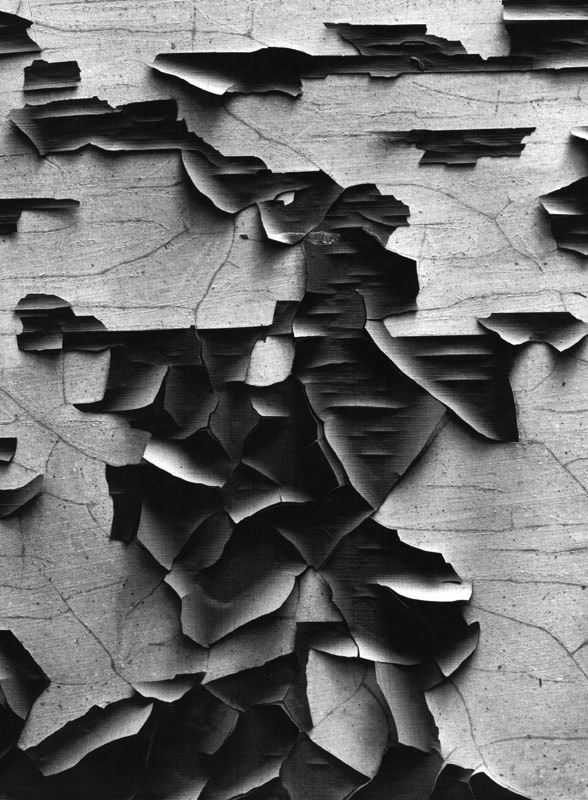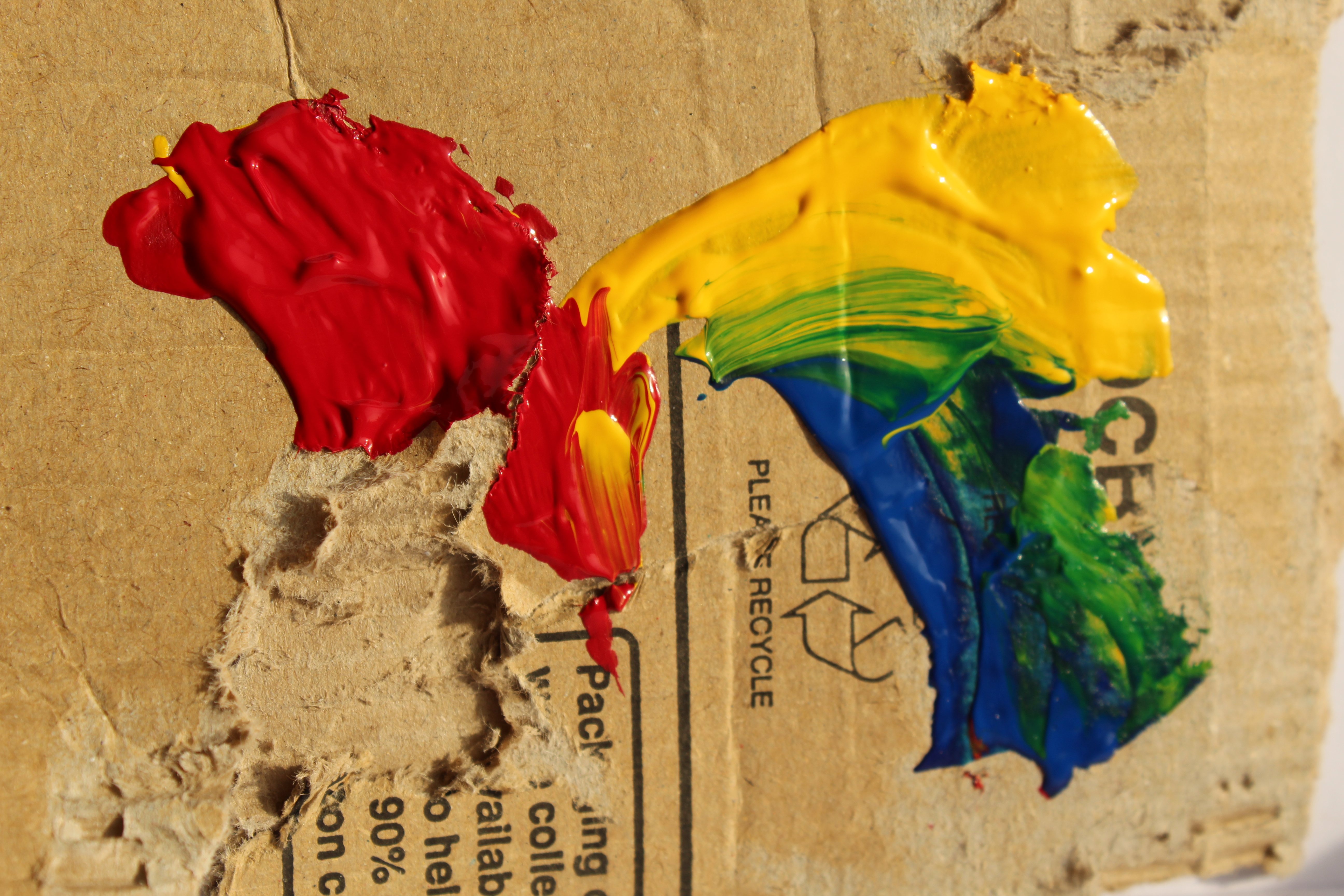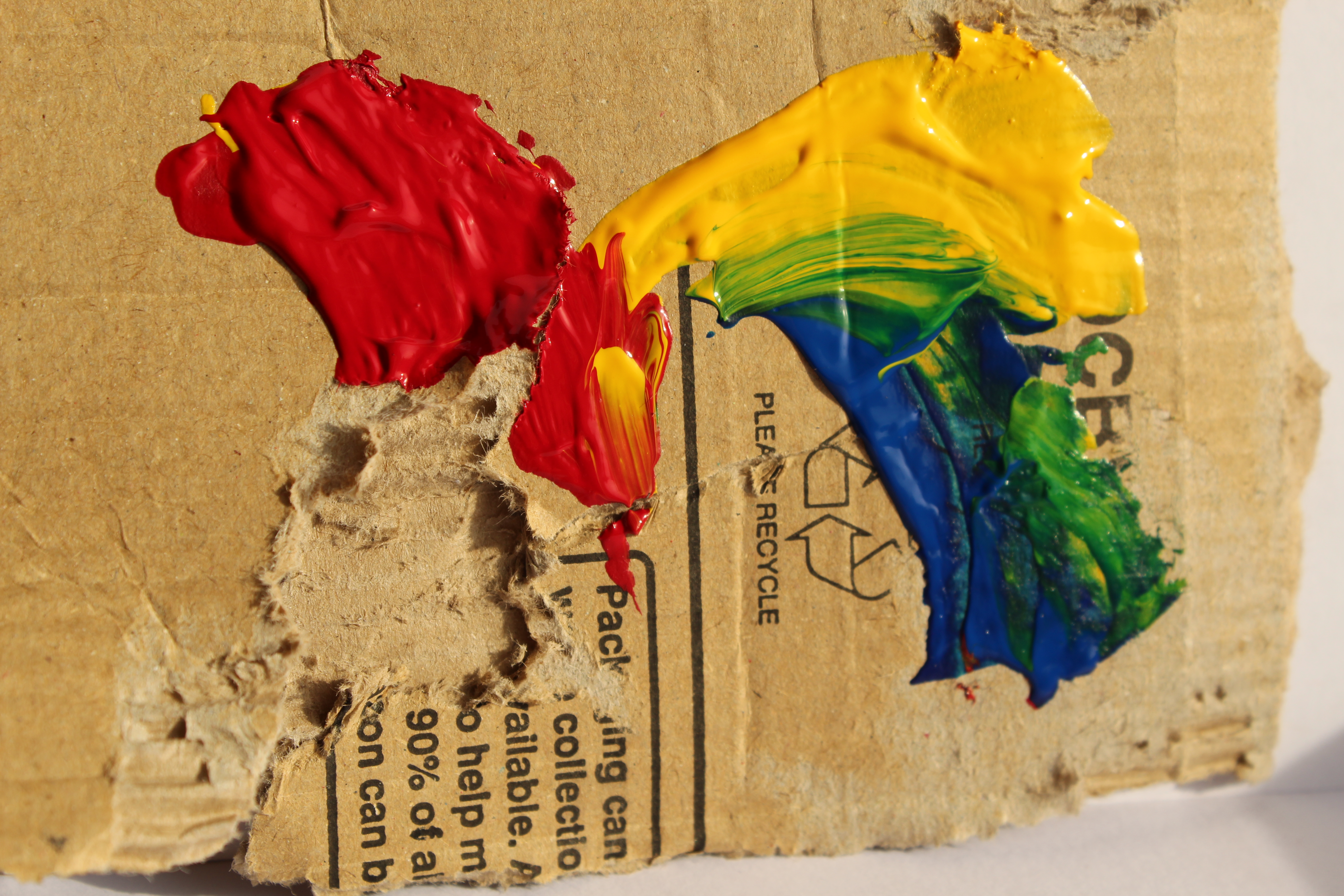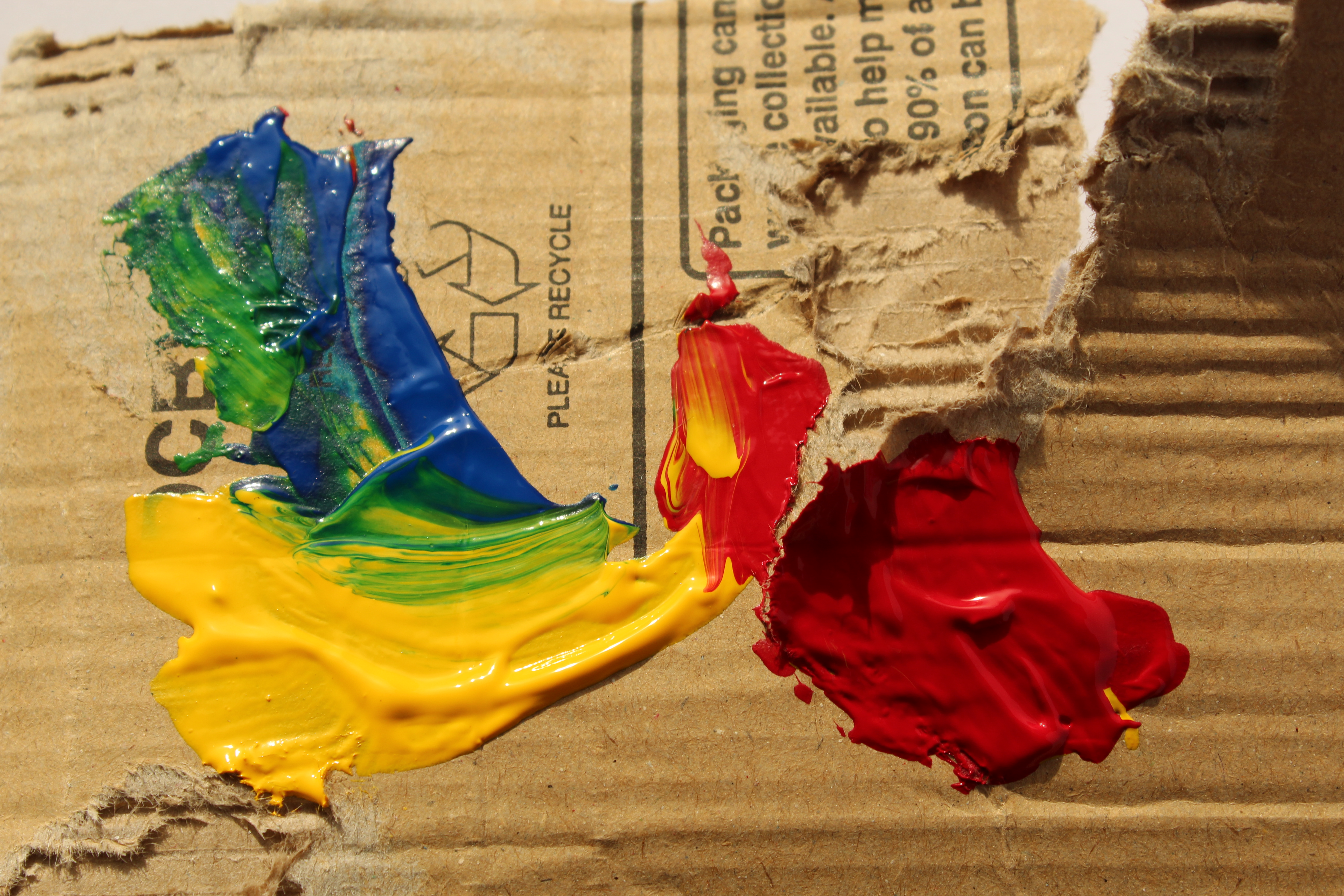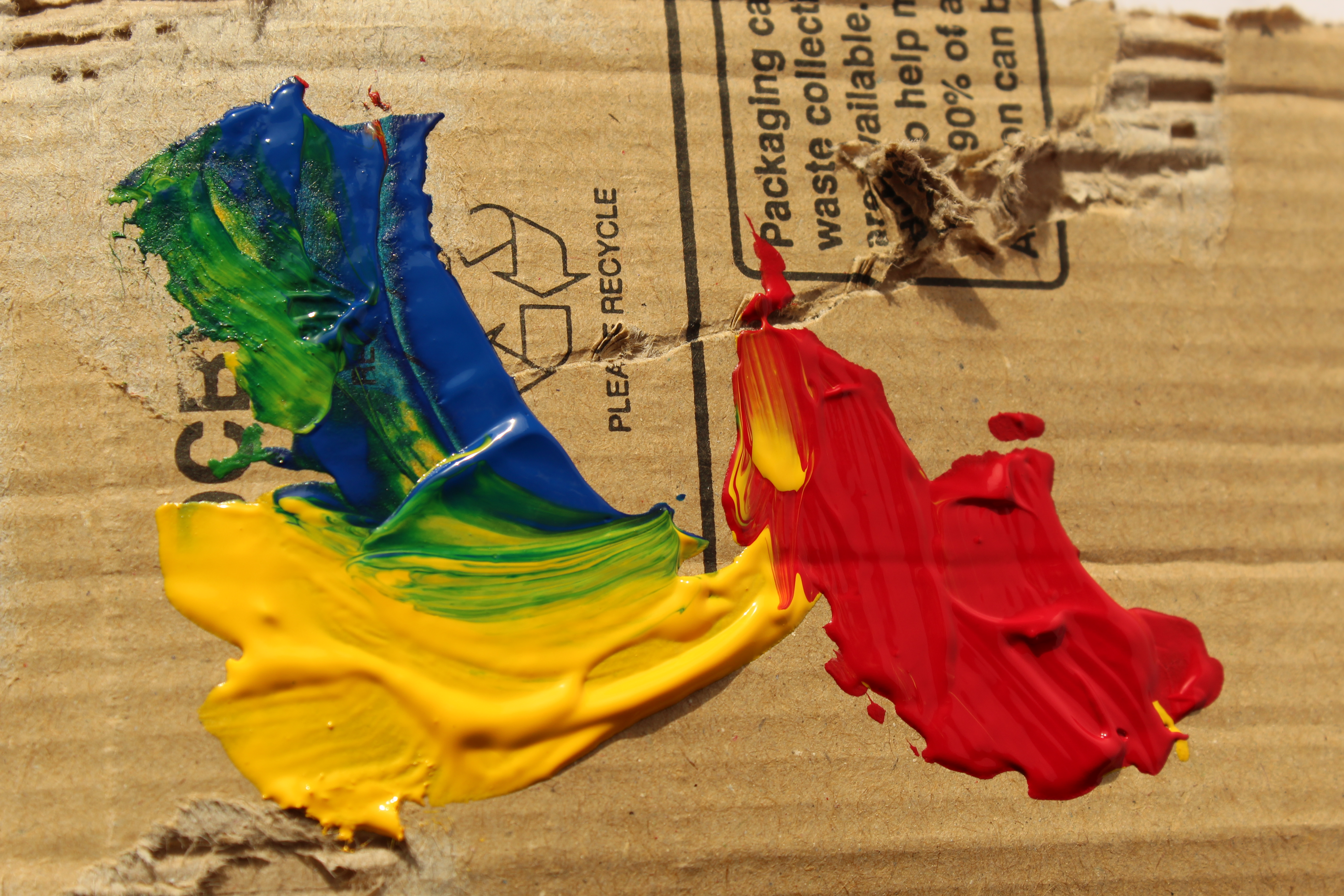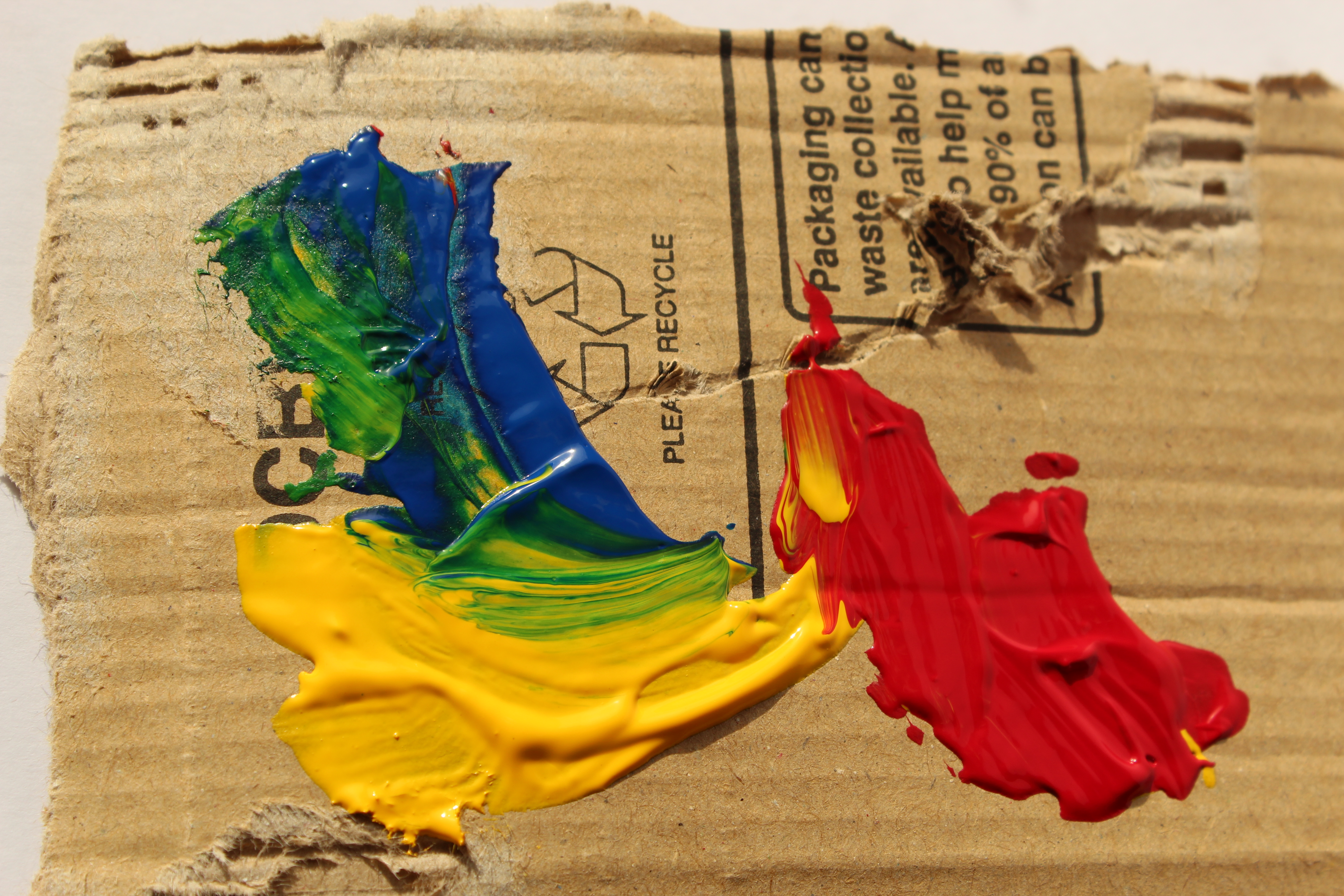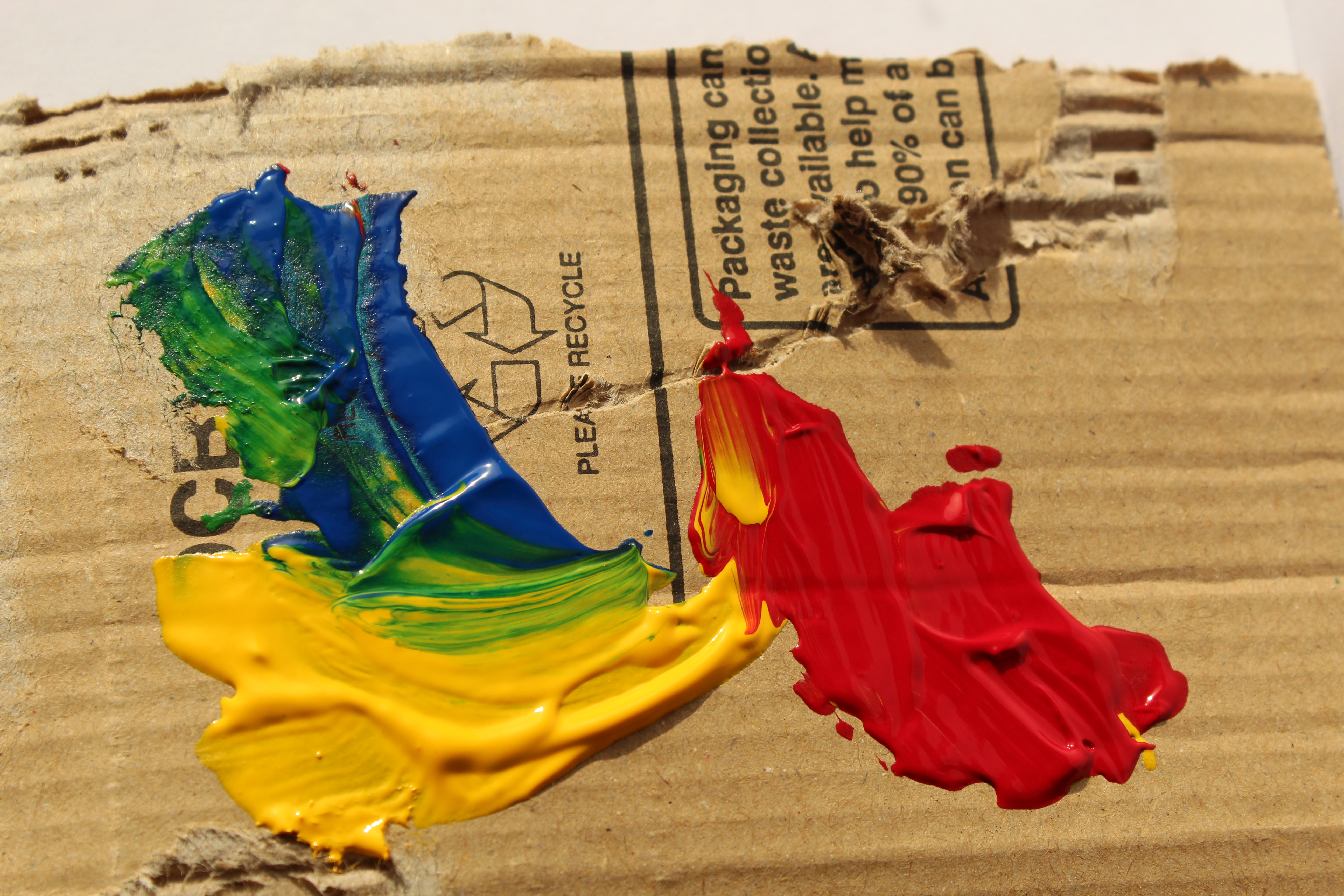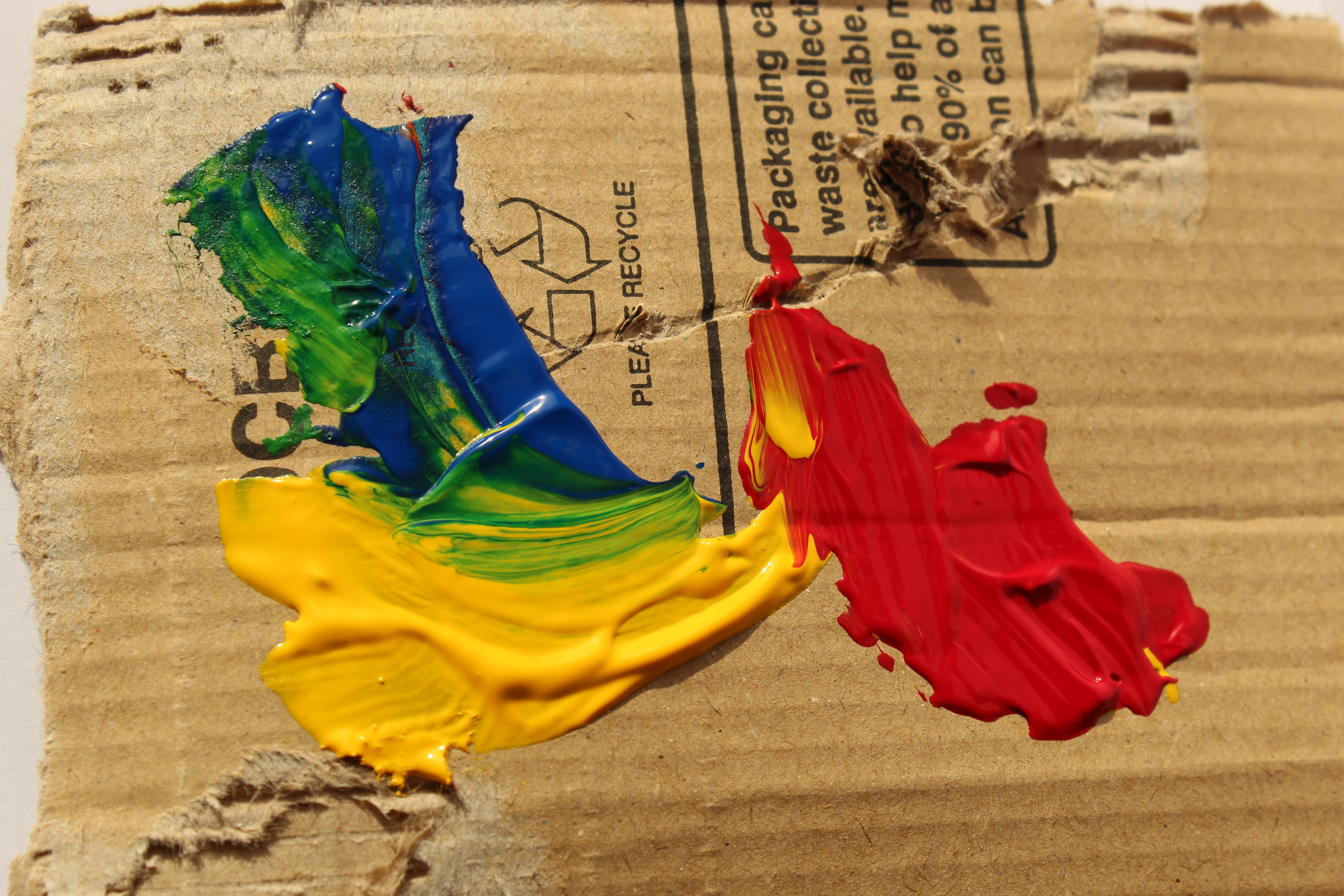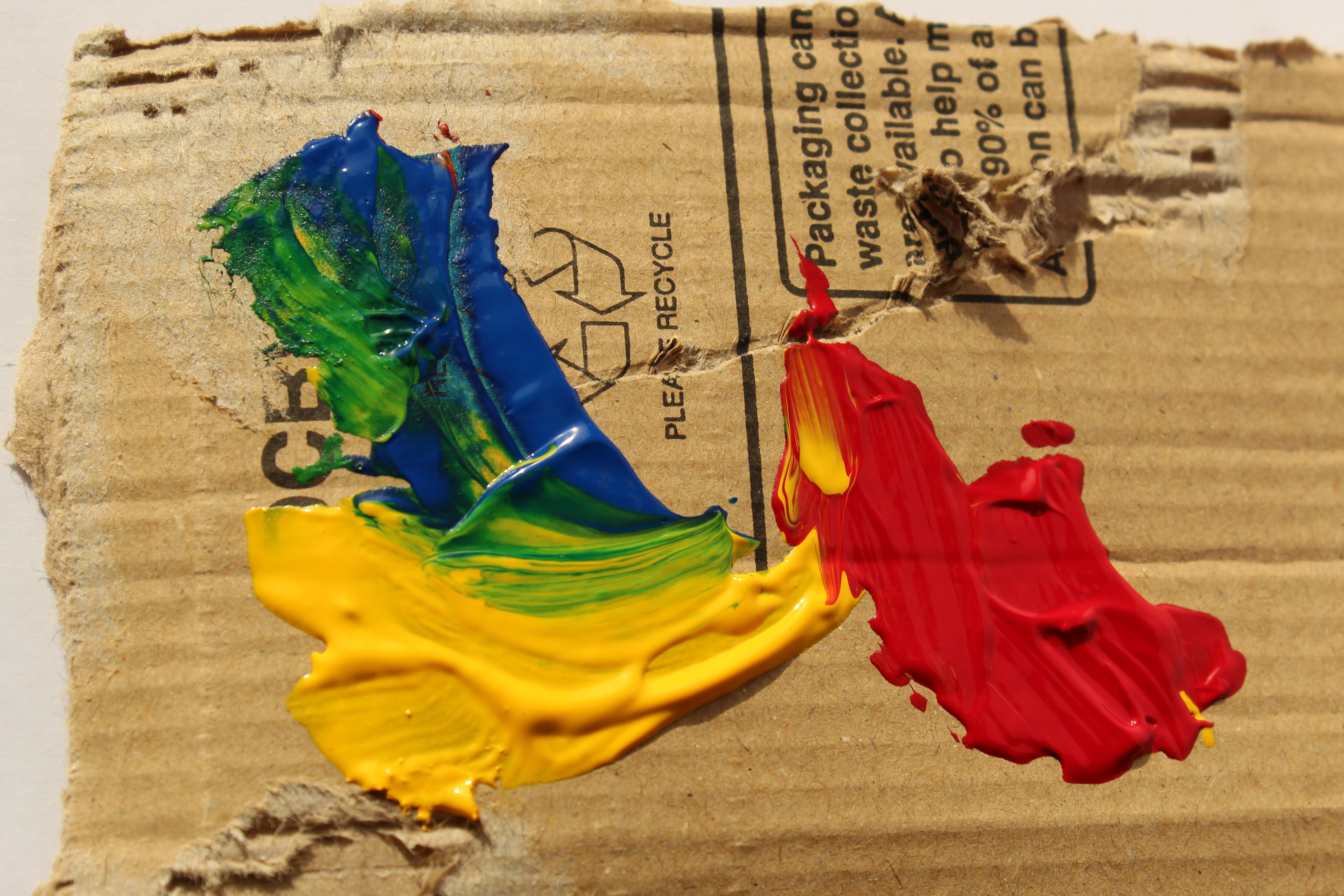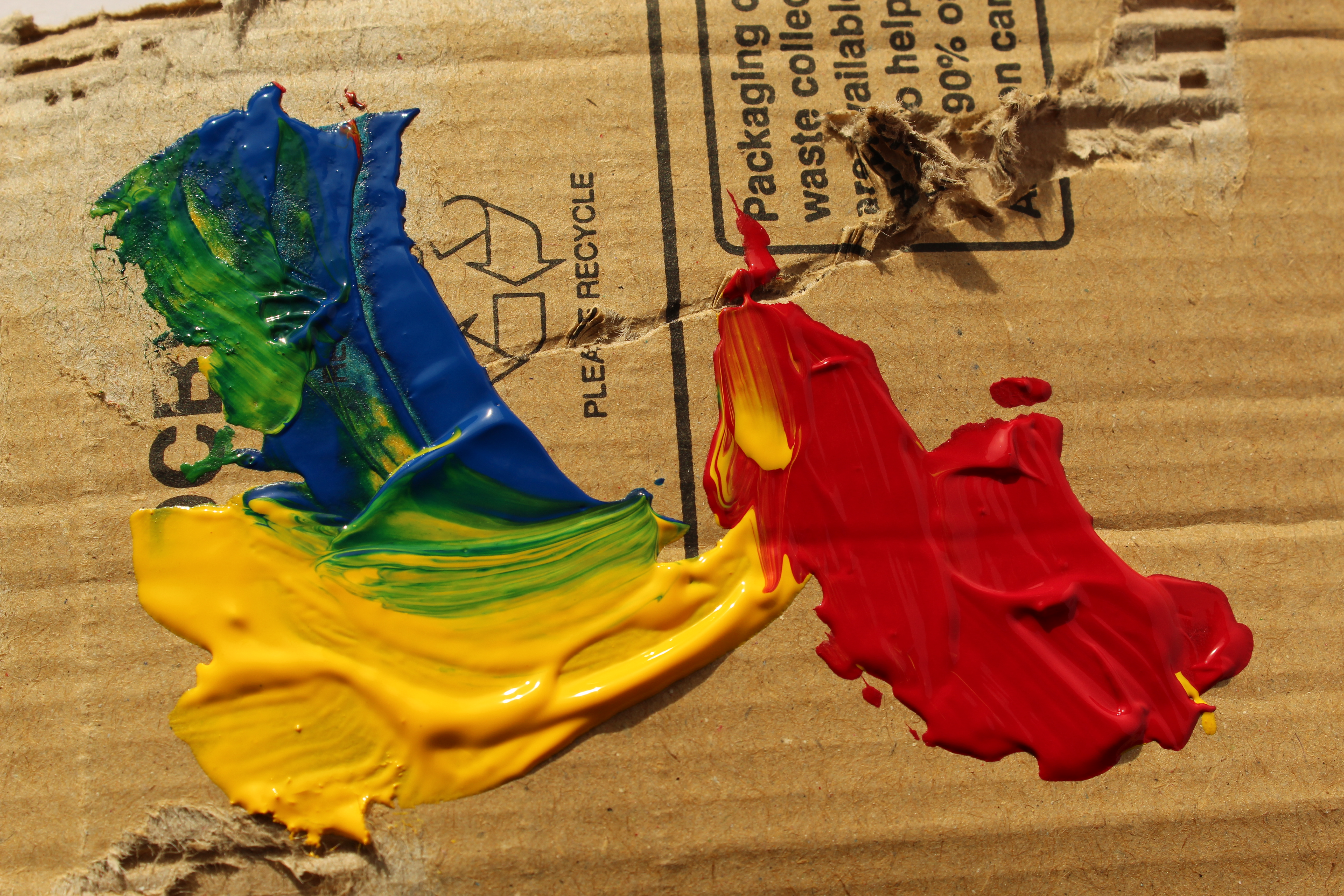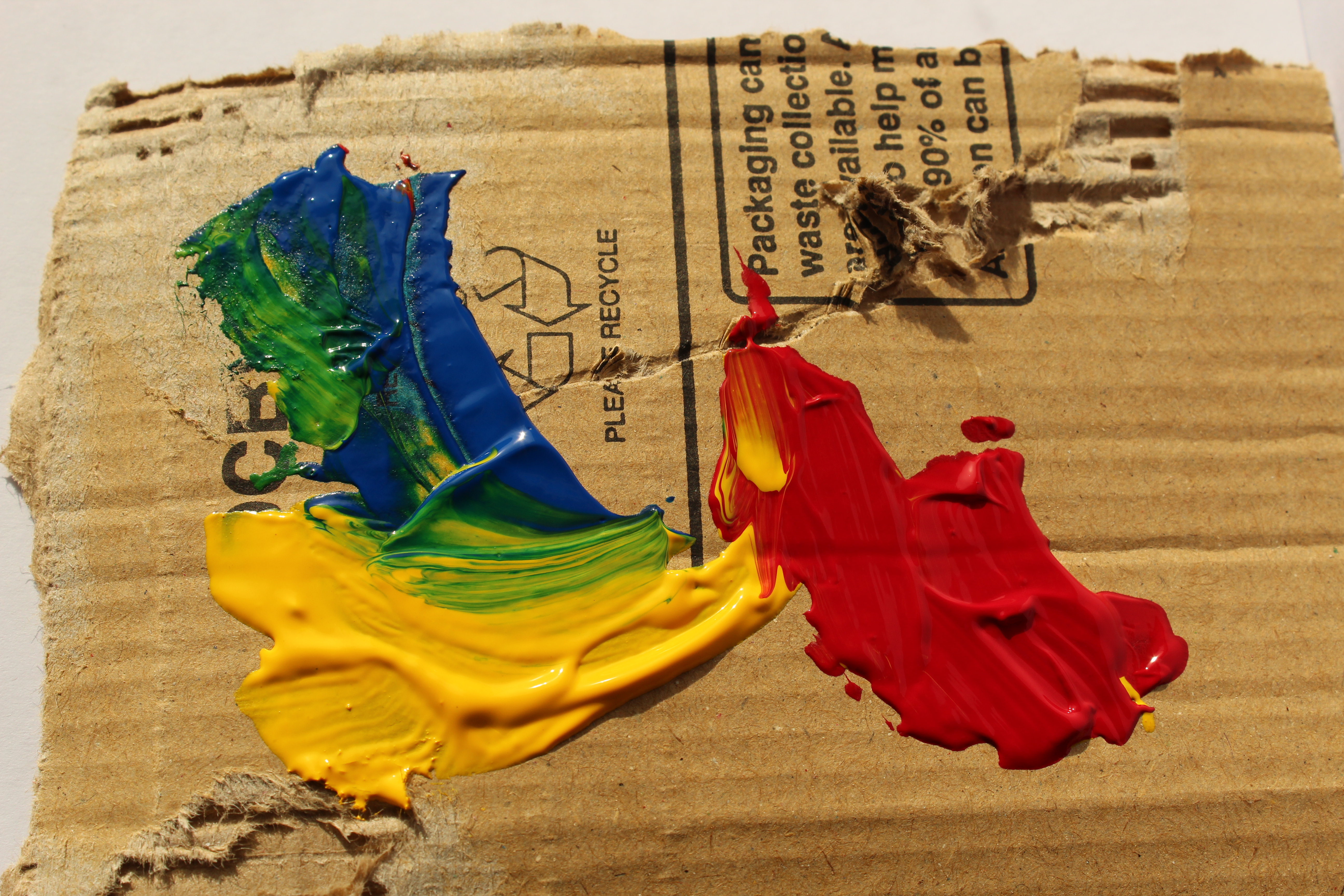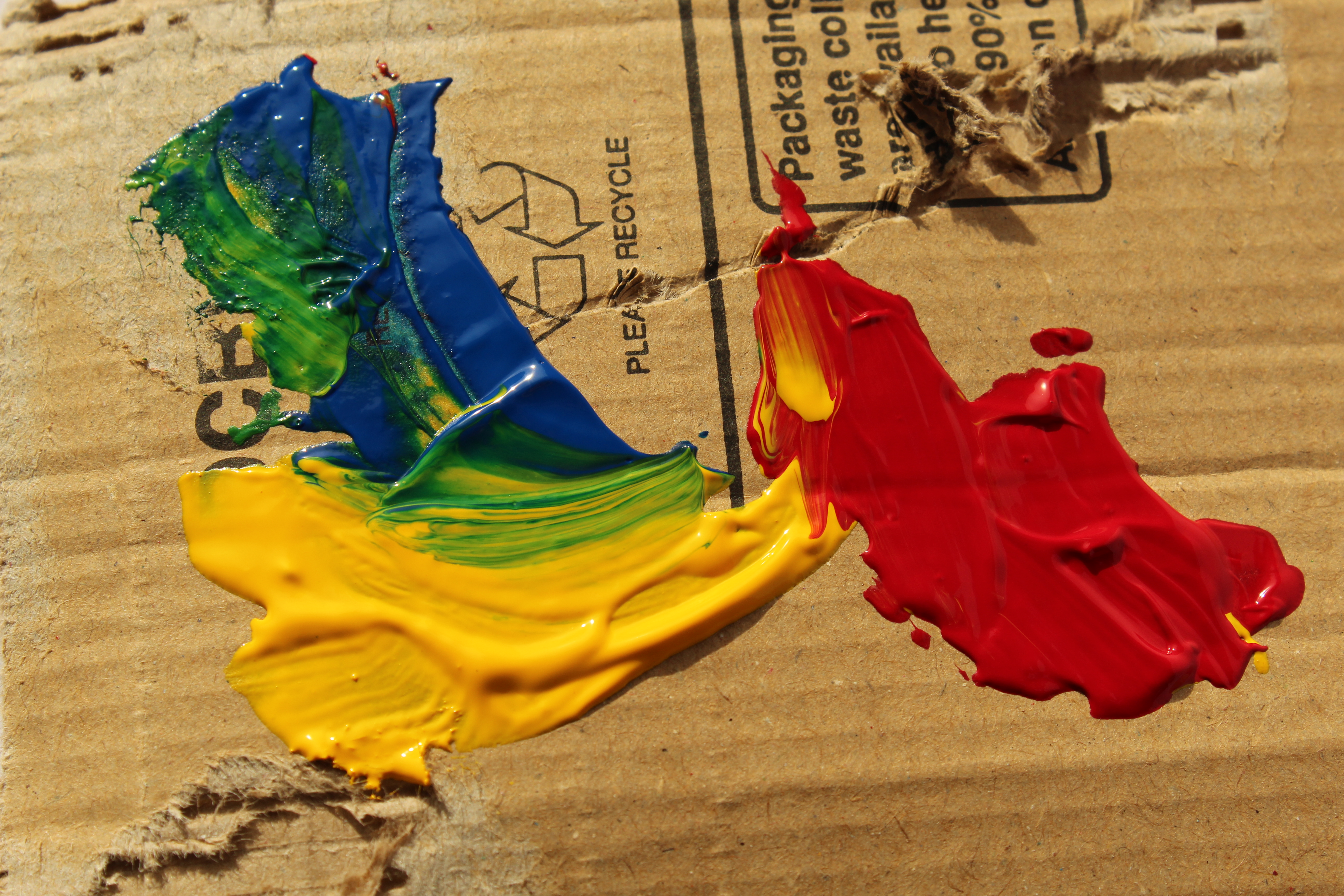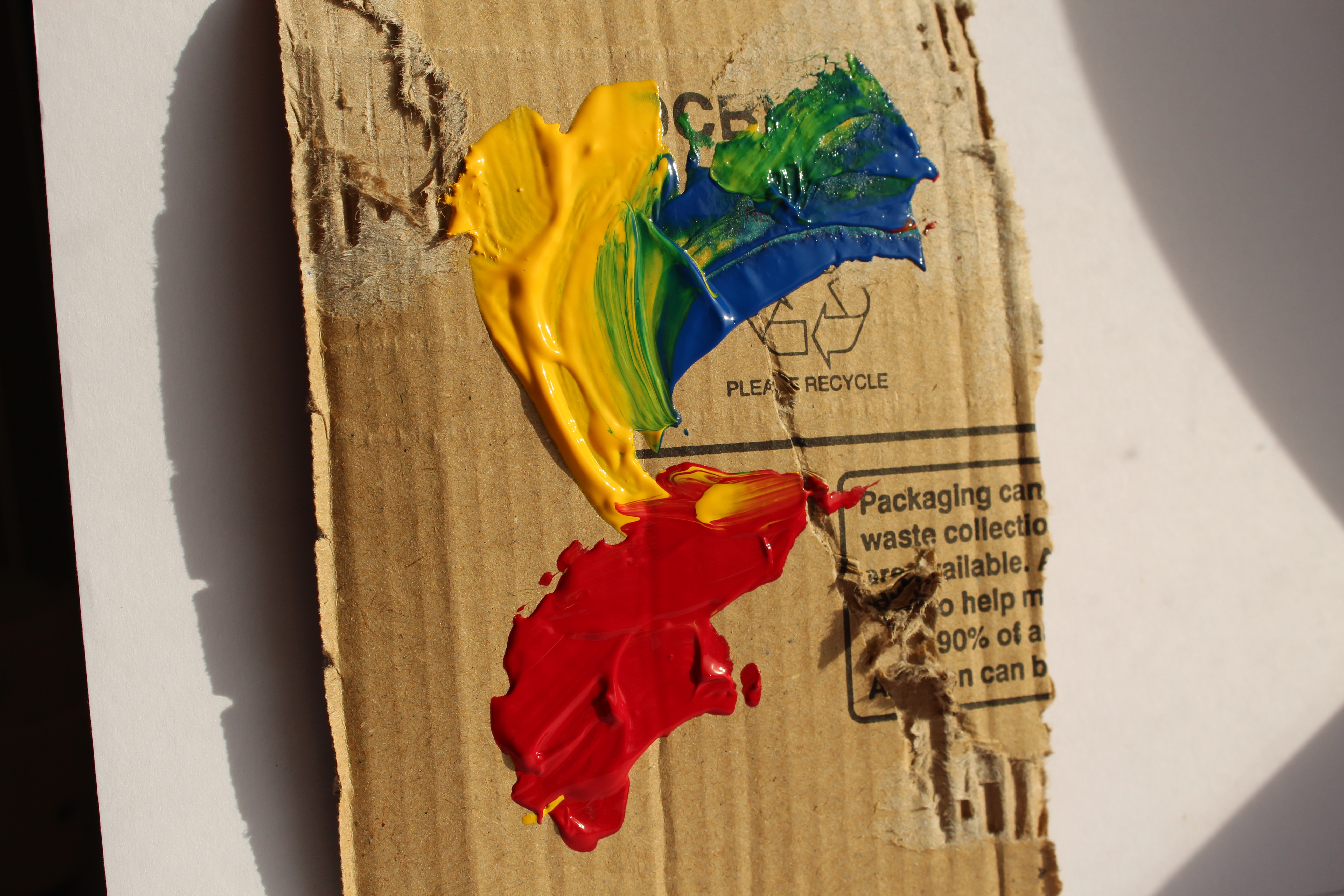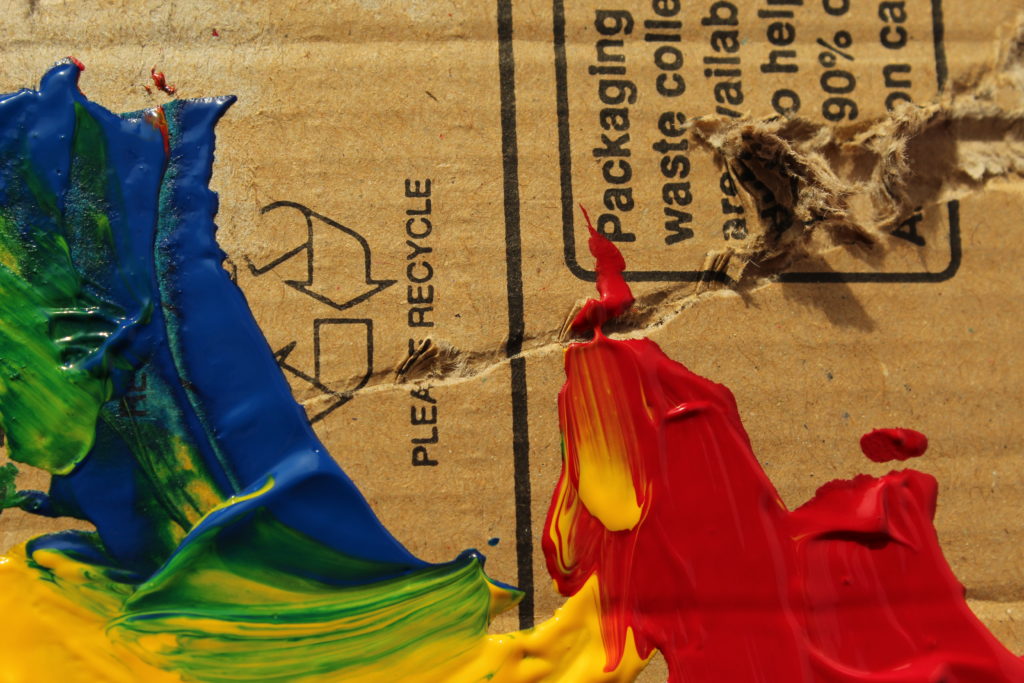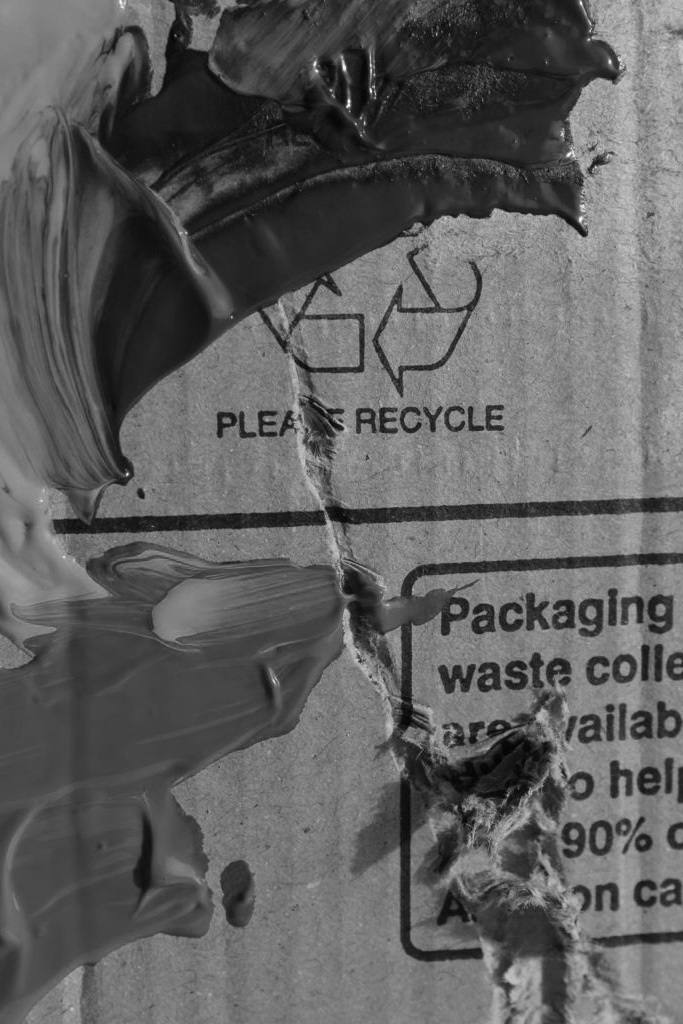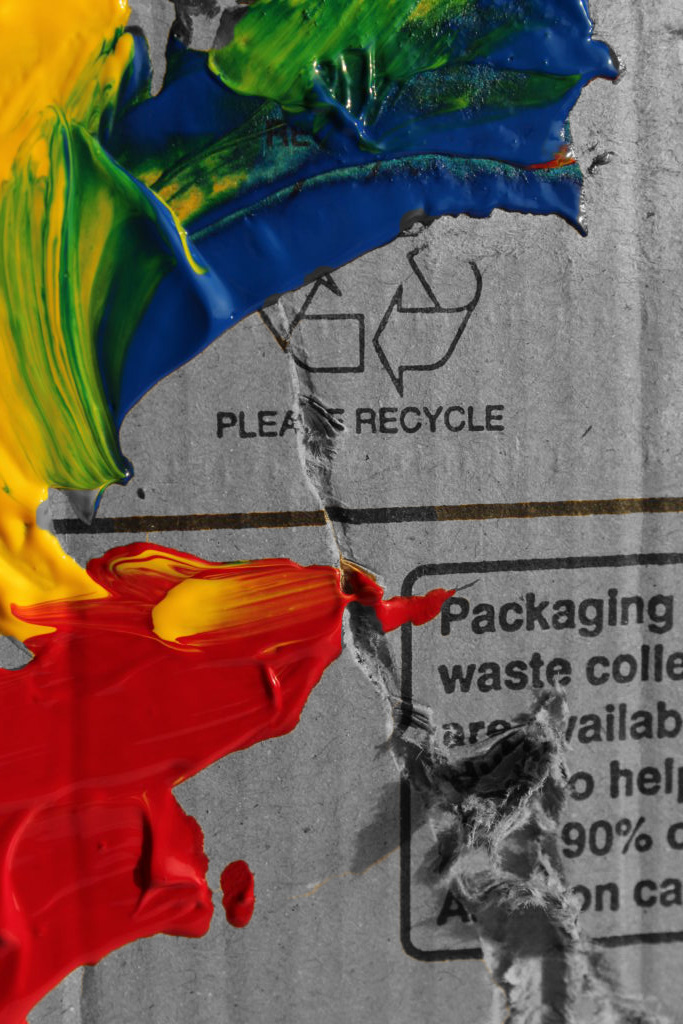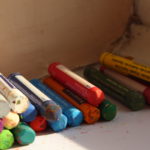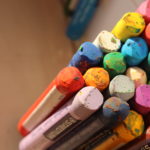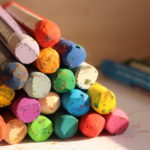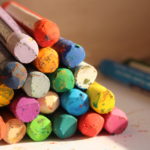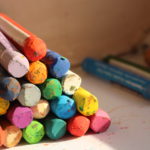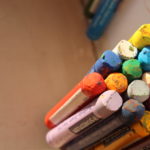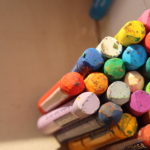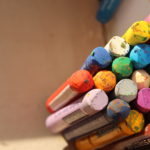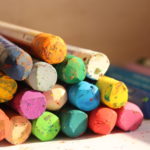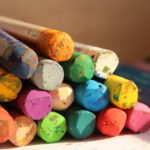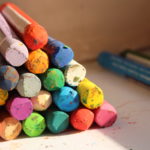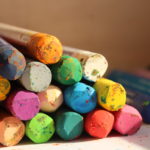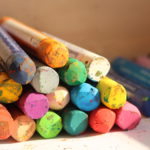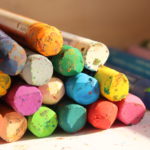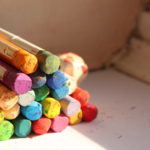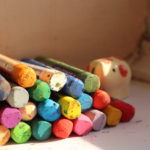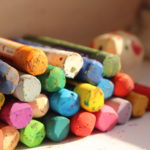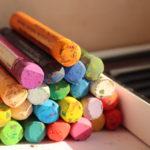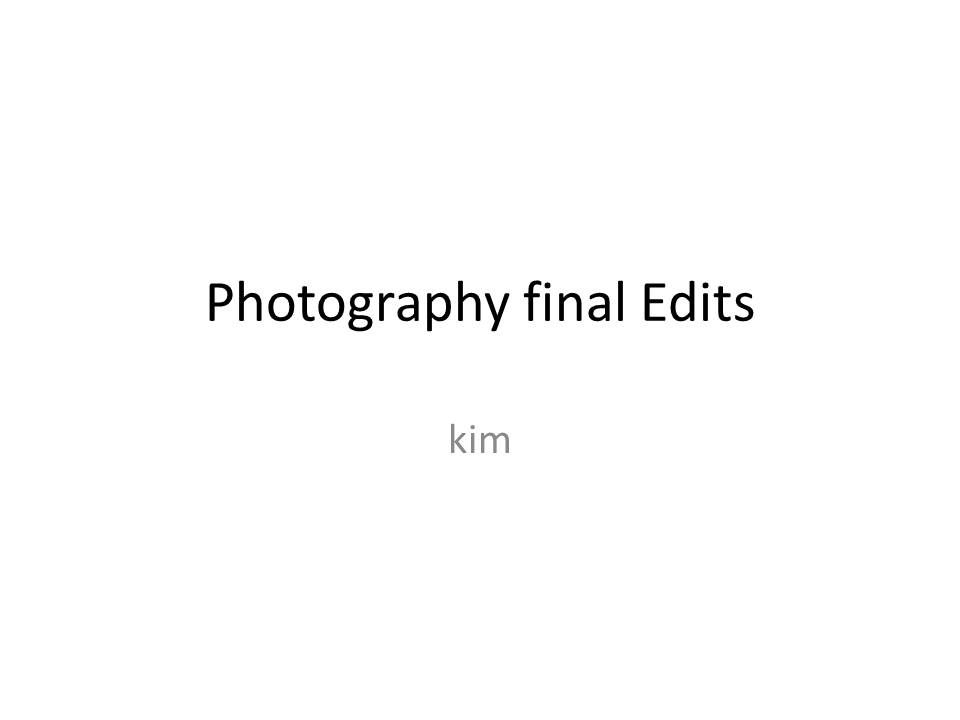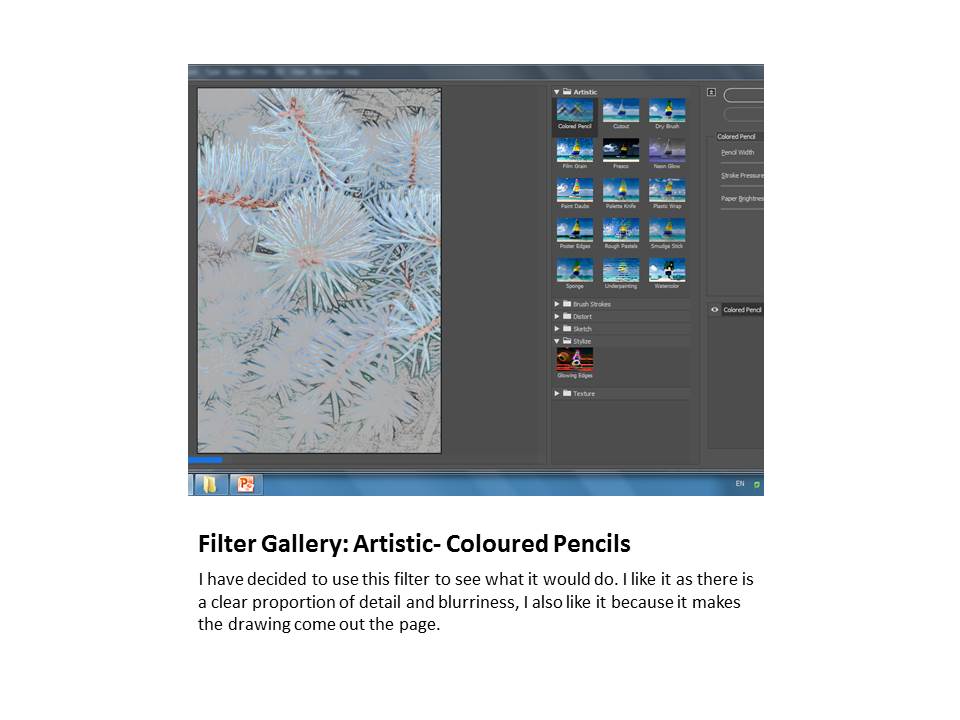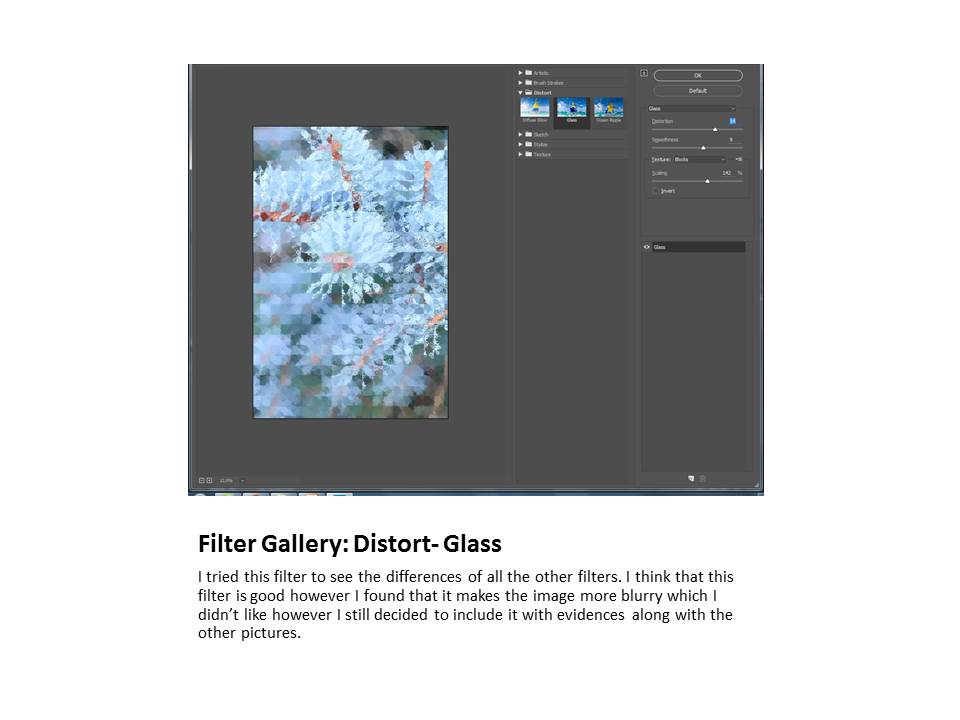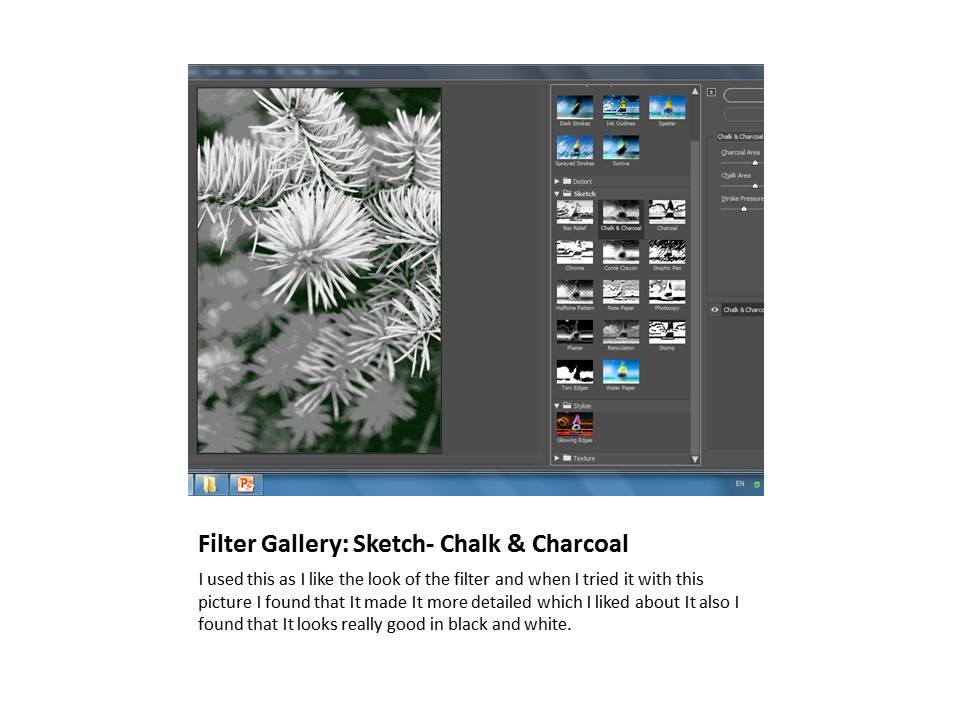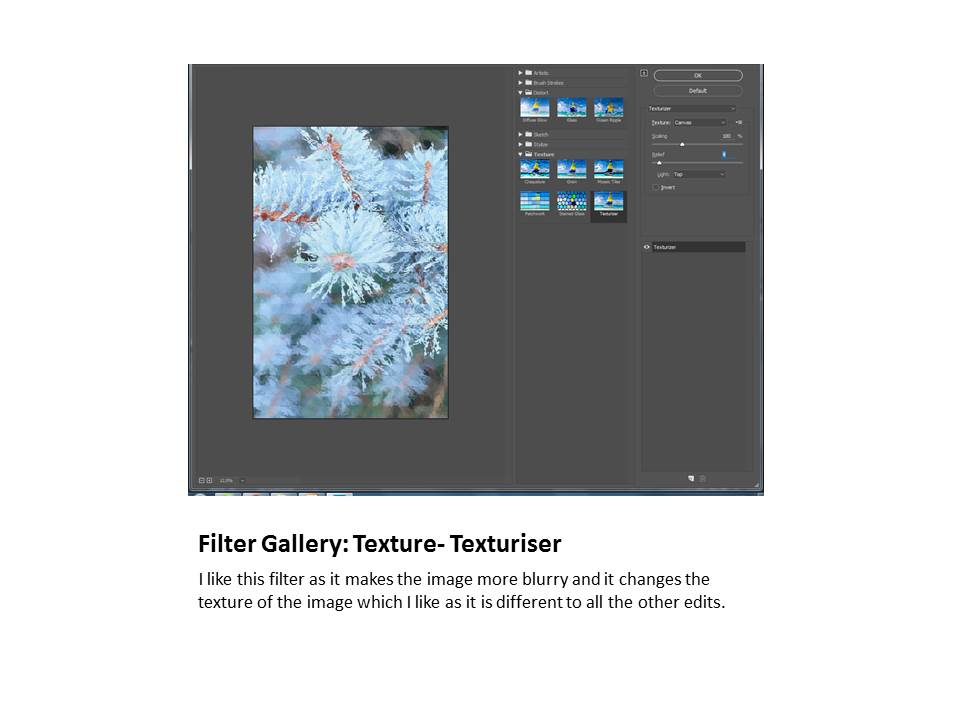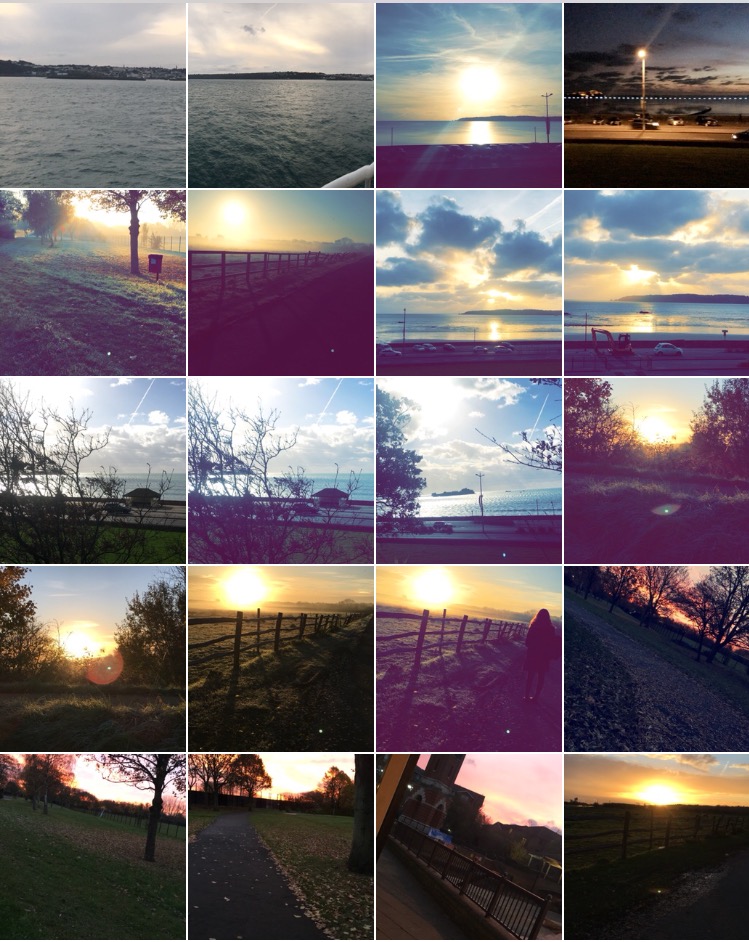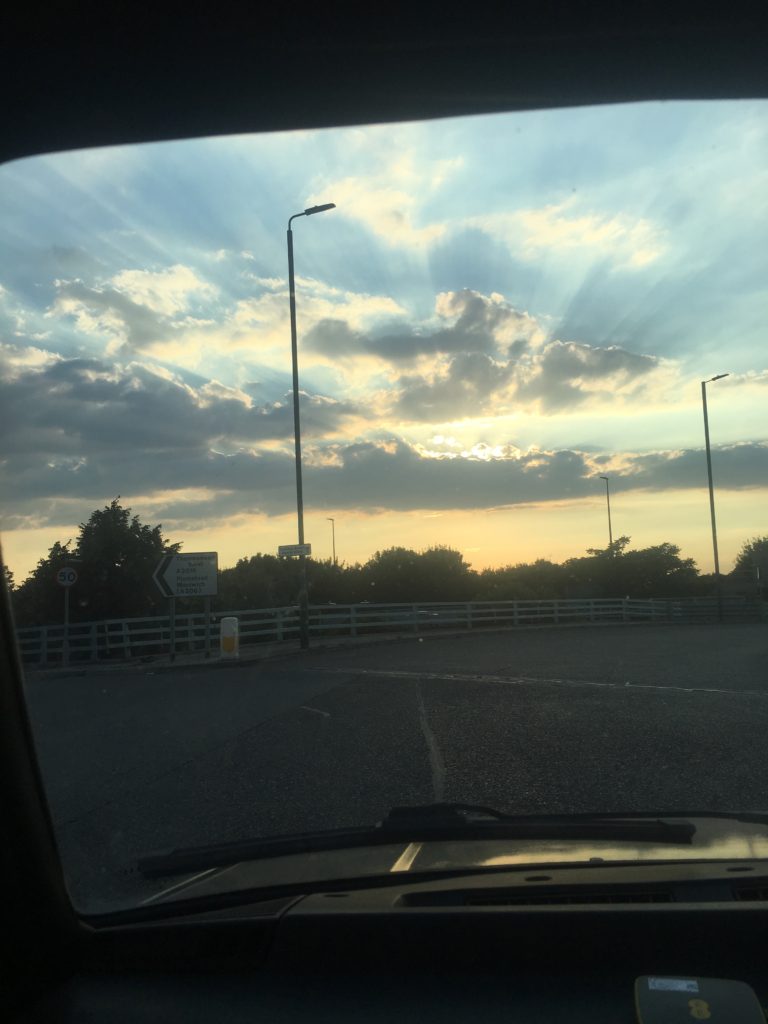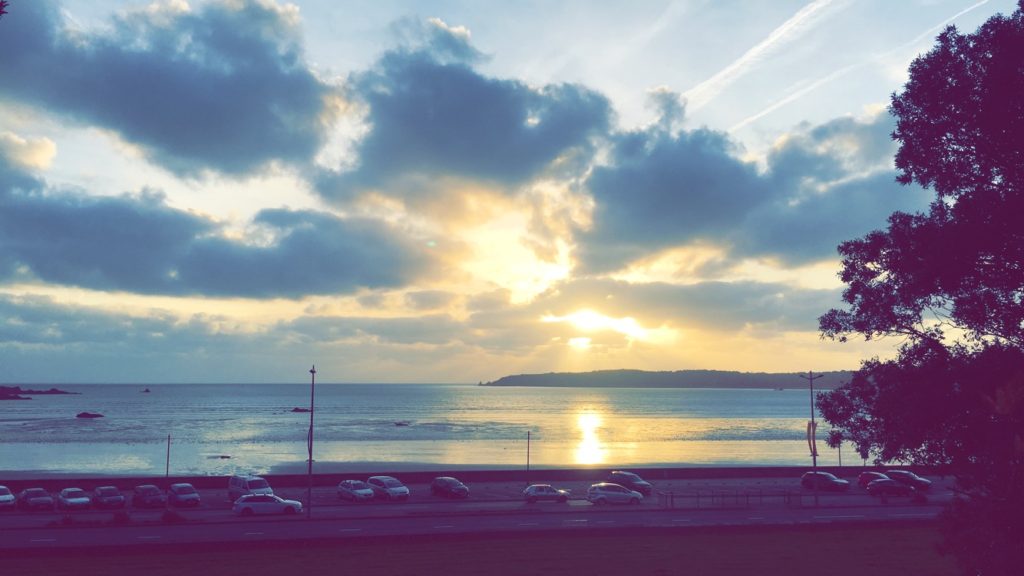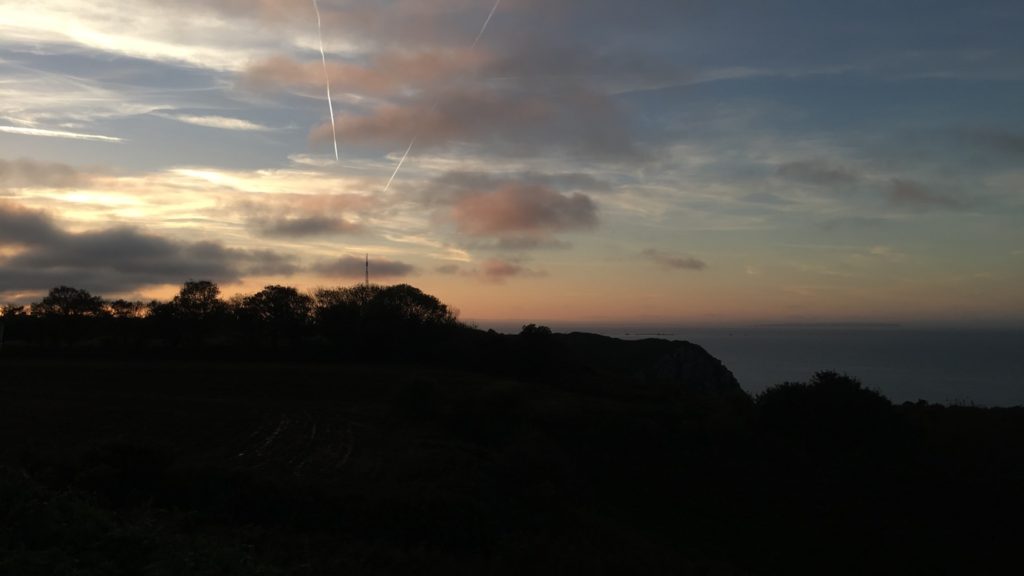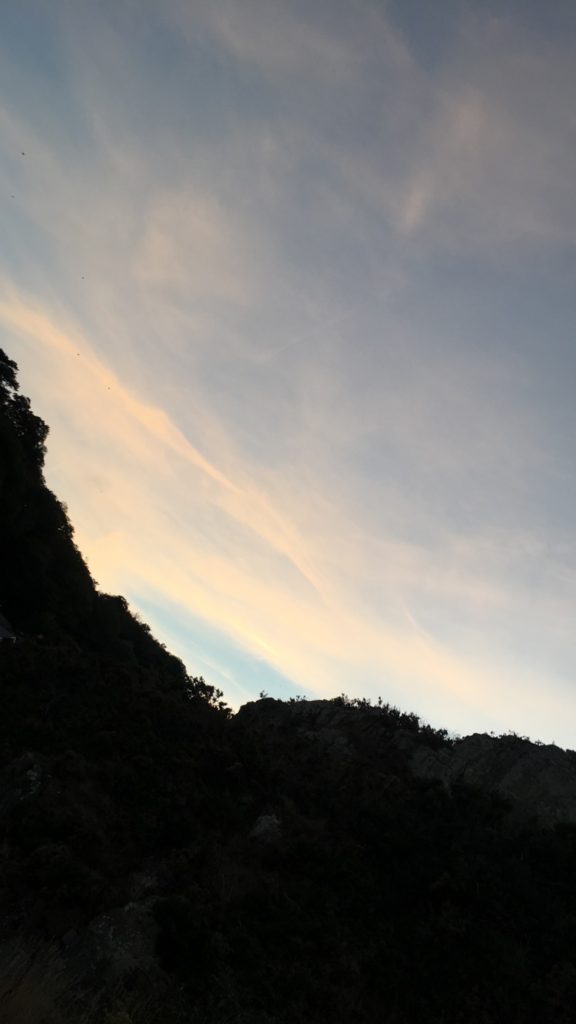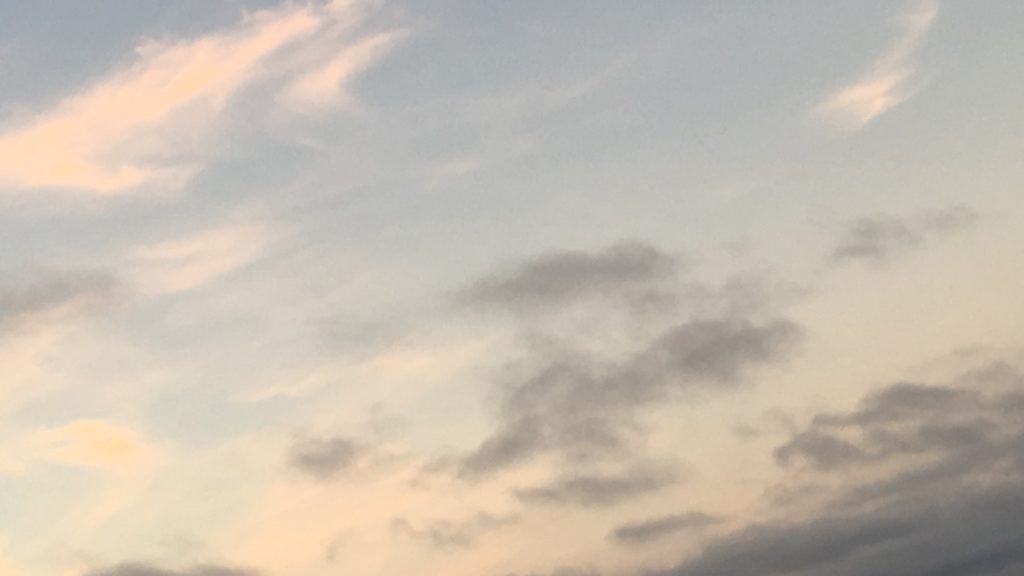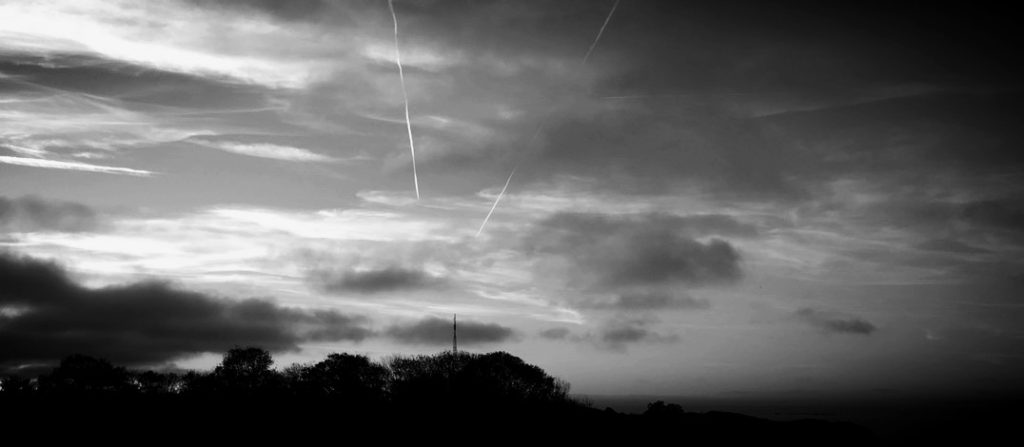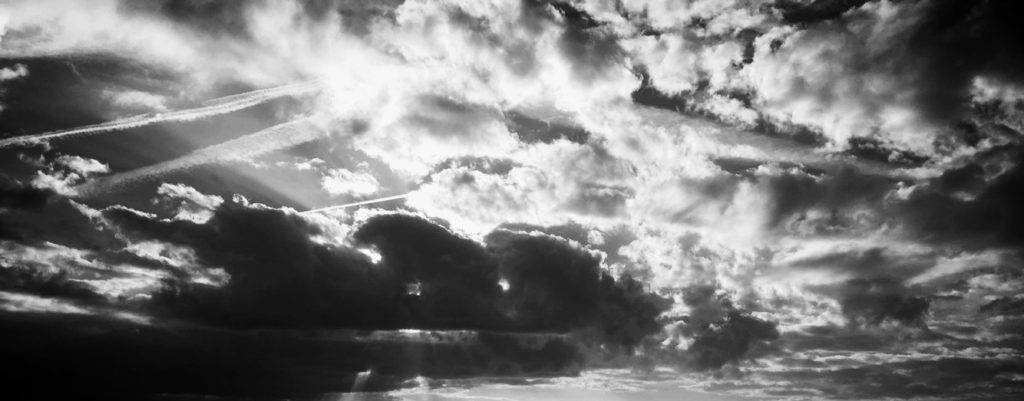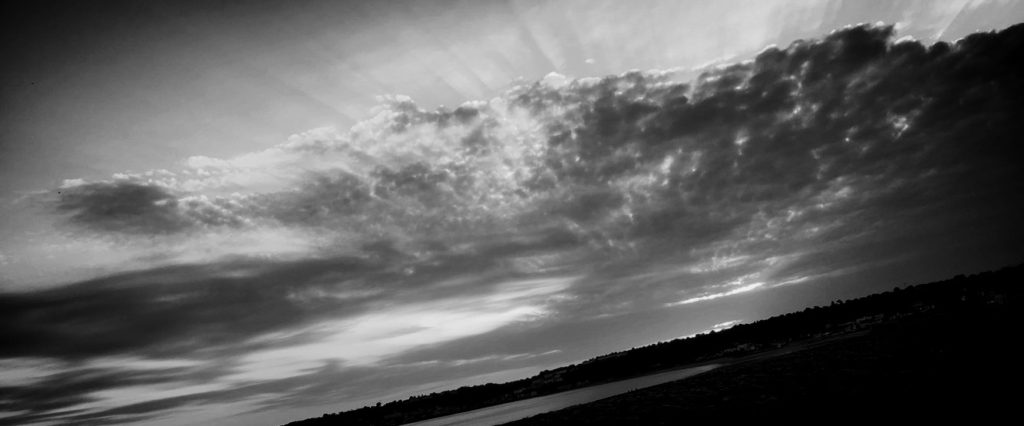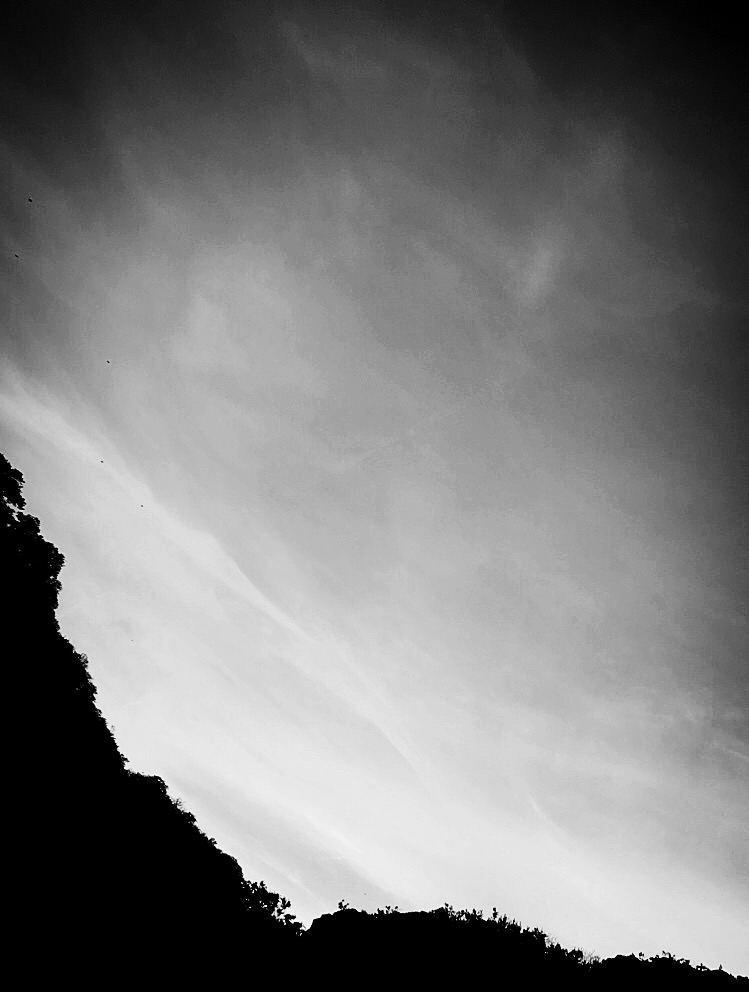Franco Fontana
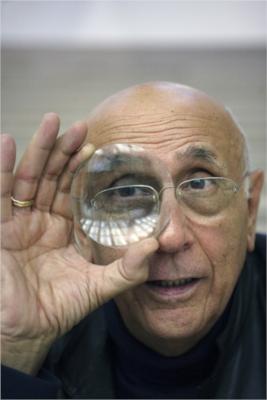
Franco Fontana is an Italian photographer born in Modena, on December, 9th, 1933. He is best known for his abstract colour landscapes. Fontana’s photos have been used as album cover art for records produced by the ECM jazz label. He is known as the inventor of the photographic line referred to as concept of line. He has published over seventy books with Italian, French, German, Swiss, Spanish, American and Japanese publishers. His photographs have appeared worldwide in over 400 exhibitions, solo and collective.
Fontana’s work is more minimalist and simple. Fontana is above all interested in the interplay of colours and he had based his own vibrant and original language on that. The later critics had labeled it as ‘Photographic Trans-avantgarde’. He explored different subjects: urban landscape, portraiture, fashion, still-life and the nude. He worked with 35 mm cameras, mostly on location claiming that his studio was the ‘world’.
I really enjoy Fontana’s work as I like simple and minimalist photography as well. I will try and work with his style of photography and incorporate it into my project.
Nick Albertson
Nick Albertson (b. 1983, Boston, Massachusetts) received his MFA in Photography at Columbia College Chicago. He received his BA in Photography from Bard College in 2006. His work has been exhibited in Chicago, Portland, Seattle, San Francisco and New York as well as internationally at the Pingyao International Photo Festival.
Nick Albertson describes his process of work on his website: https://www.nickalbertson.com/home
Here is the process of each of his styles of photography:
“My process blends techniques similar to those of painting as well, sometimes altering and emphasizing elements of the image with the use of Photoshop. Though the image always starts with a camera, it is further abstracted to varying degrees in the computer. The act of creating the compositions in the physical world allows the images to feel familiar. The slight variations from object to object suggest the imperfection of the real world as well as that of the artist’s hand.” From https://www.nickalbertson.com/manufactured-gestures
“White Light was created by popping a flash as many times as I could during a single thirty-second exposure, slightly moving Post-it notes in between each flash on a black velvet background in a very dark room. The areas where the Post-its overlap build up luminescence as those areas are subjected to more light reflected back on to the camera’s sensor. ” From https://www.nickalbertson.com/white-light
“Tape Cuts are a series of images in which I cut pieces of colored duct tape and photographed them floating over a white background with hard lighting. They are meant to reference color field painting and hard edge abstraction, but the shadows emphasize the fact that they are photographs of objects in space, not pure abstraction.” From https://www.nickalbertson.com/tape-cuts
“Photo Sprays are a combination of computer-generated gradients printed on Epson Hot Press Bright paper overlaid by airbrush-applied Epson Ultrachrome K3 inks, the same inks used to print the initial inkjet print. While not a photograph, these works are photographic in makeup. The works, made with photographic materials but created with more painterly techniques, seek to complicate the relationship between photography and other media (painting, prints, works on paper).” From https://www.nickalbertson.com/photo-sprays
I really like the way Albertson takes his photos so I also want to incorporate his style into my project as well. I almost want to mix both Fontana’s style and Albertson’s together.
Photos of Fontana’s Work:




Photos of Albertson’s Work:
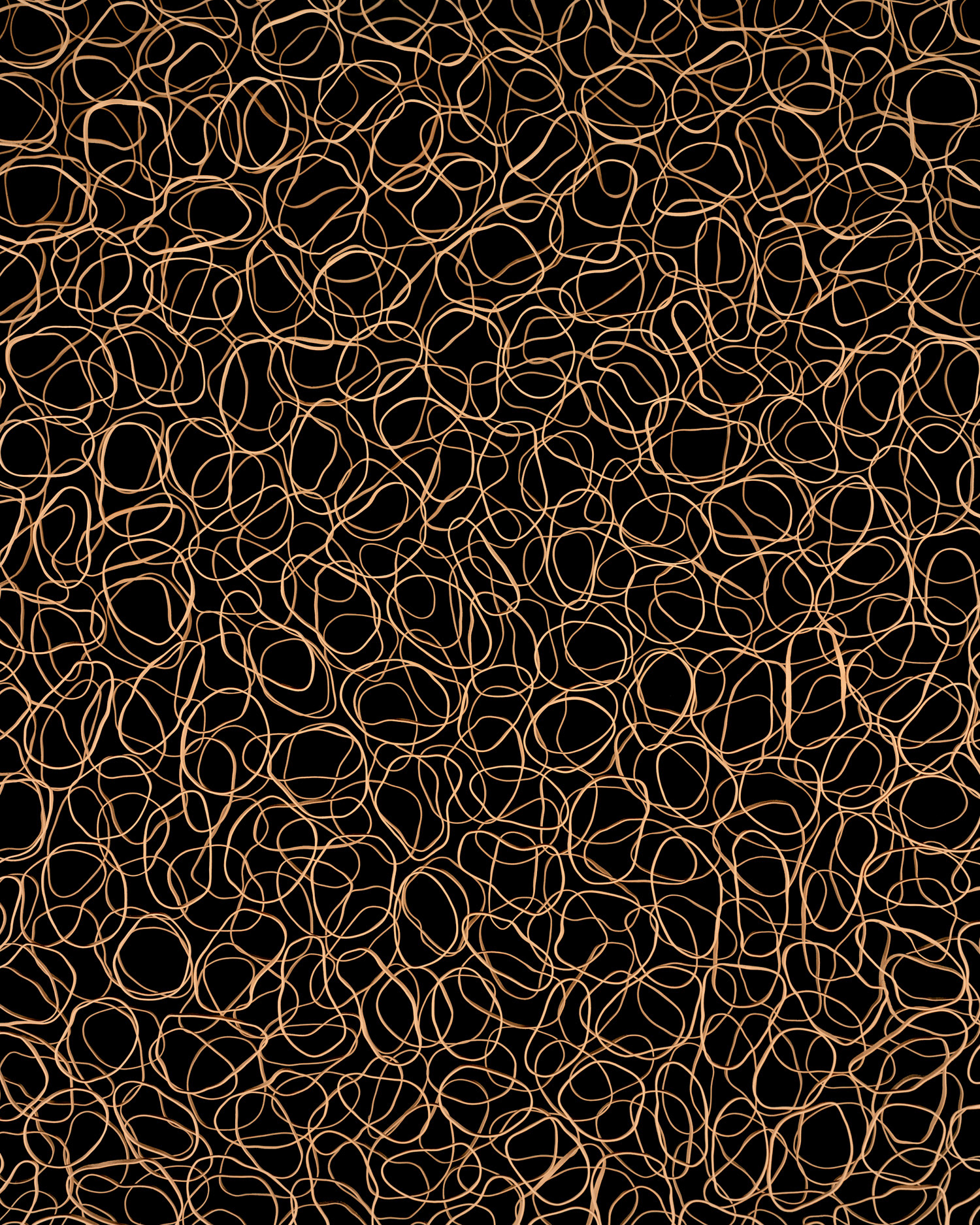

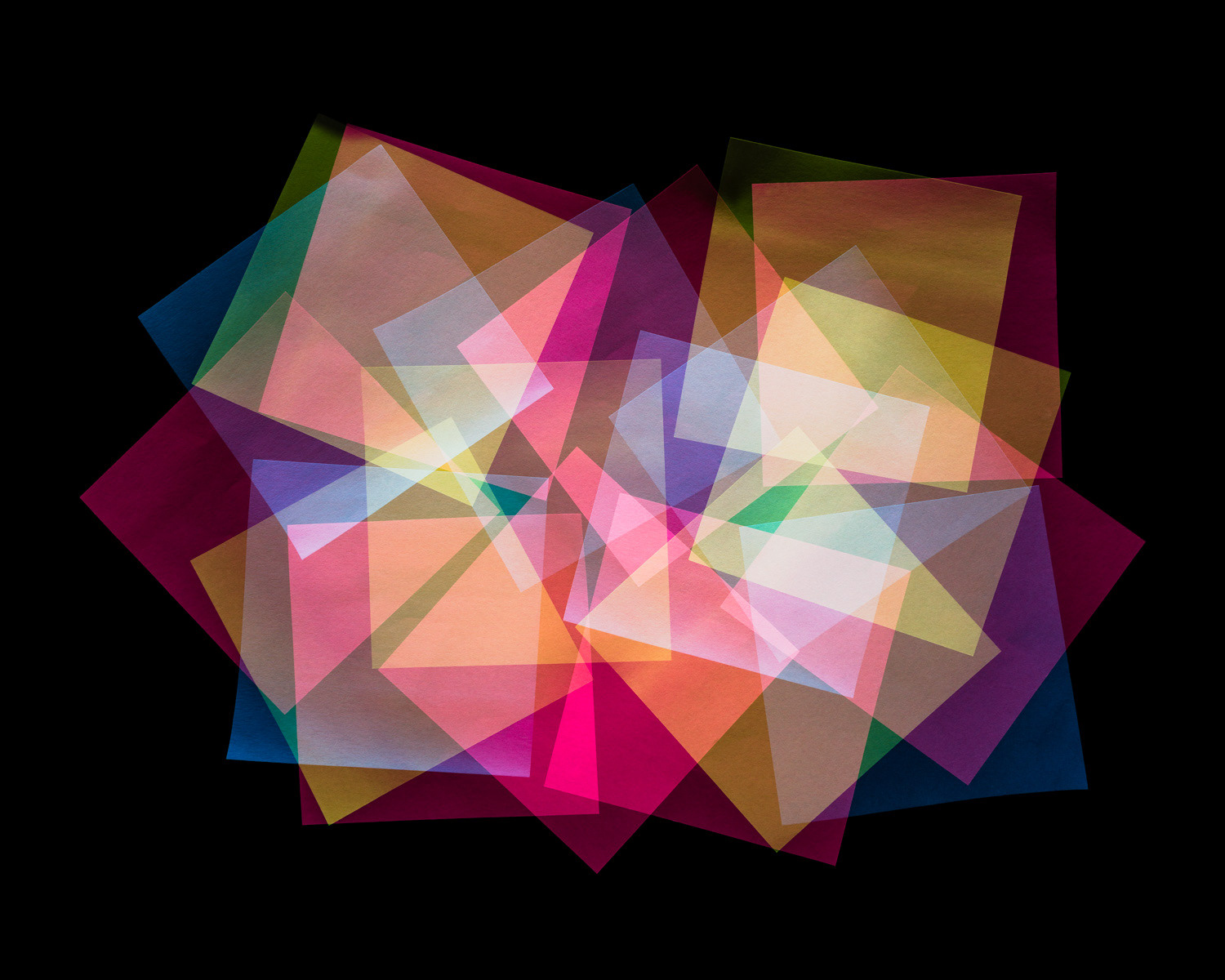
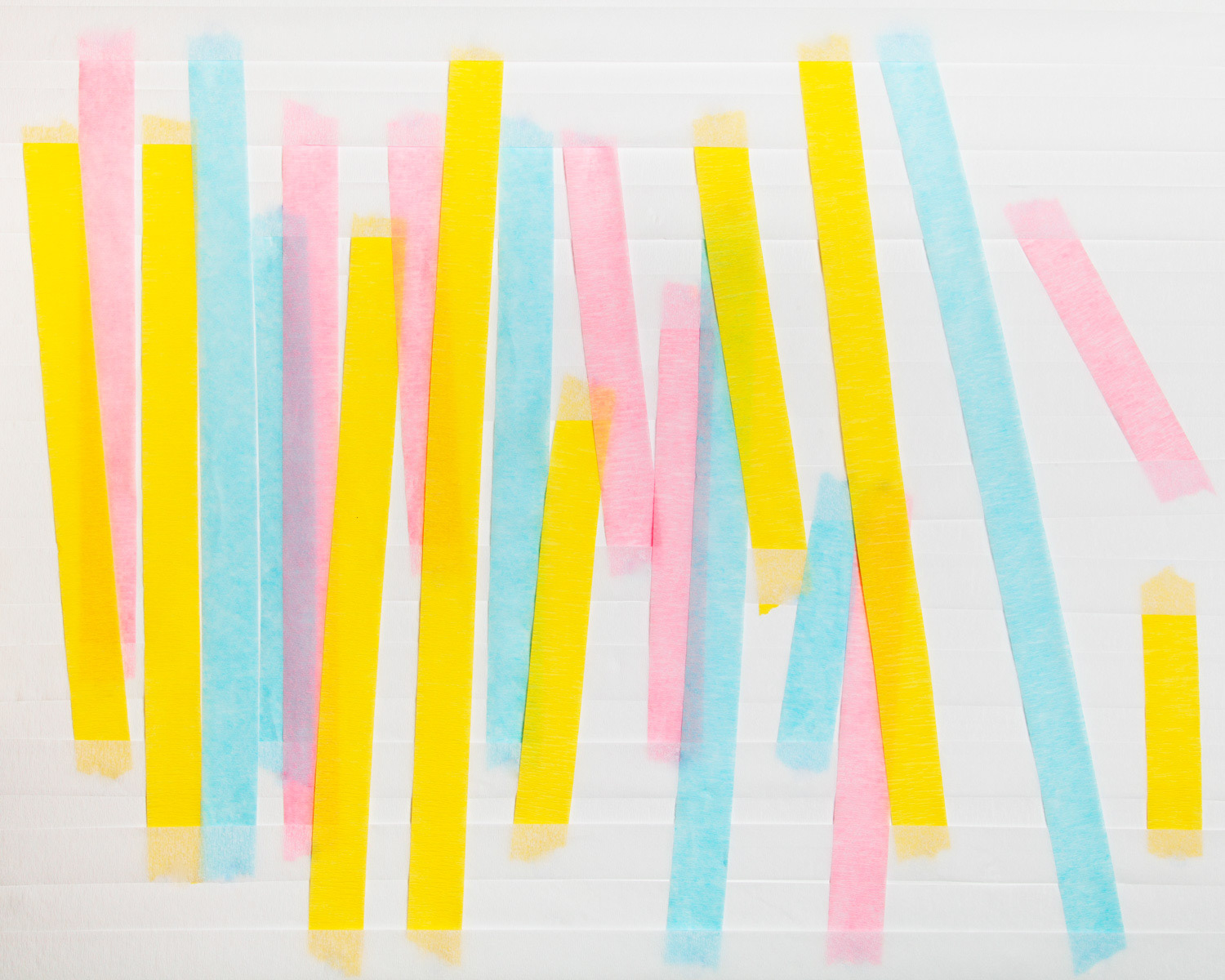

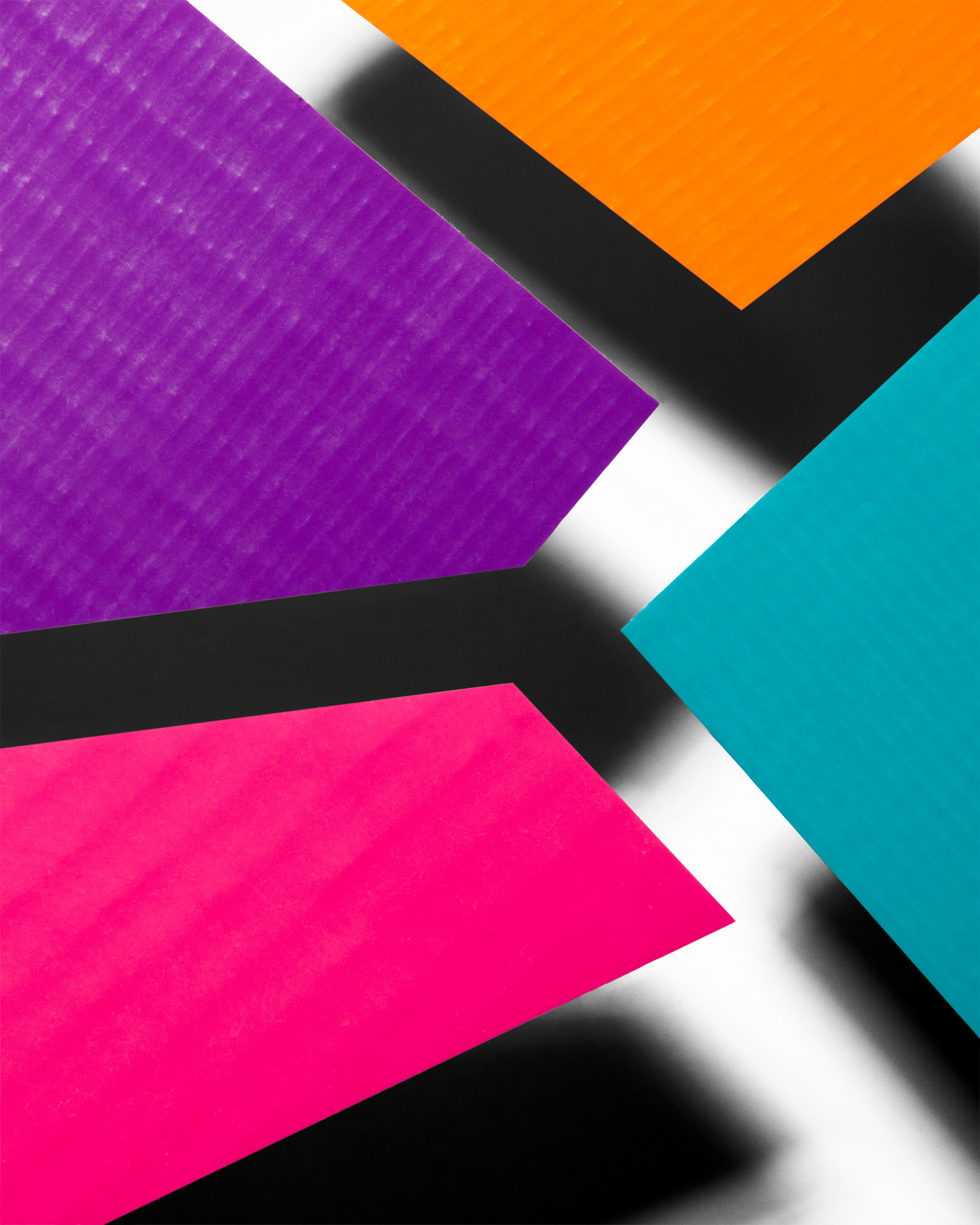
Plan:
For this photo shoot I plan to take photos of buildings, landscapes and materials such as: paper,tape and memo pads. I also plan to edit them on Photoshop in different styles like this:
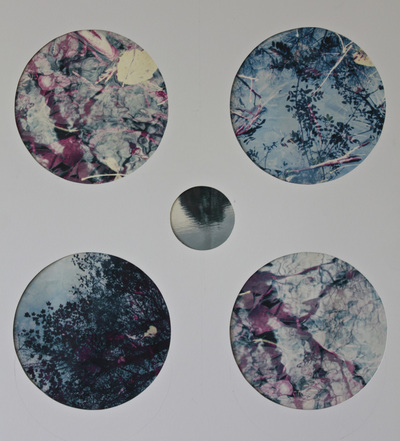

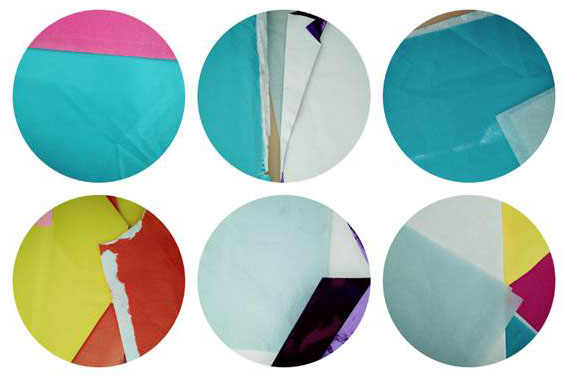
Contact Sheets
Red – No
Green – Yes
Orange – Maybe
Yellow – Edit
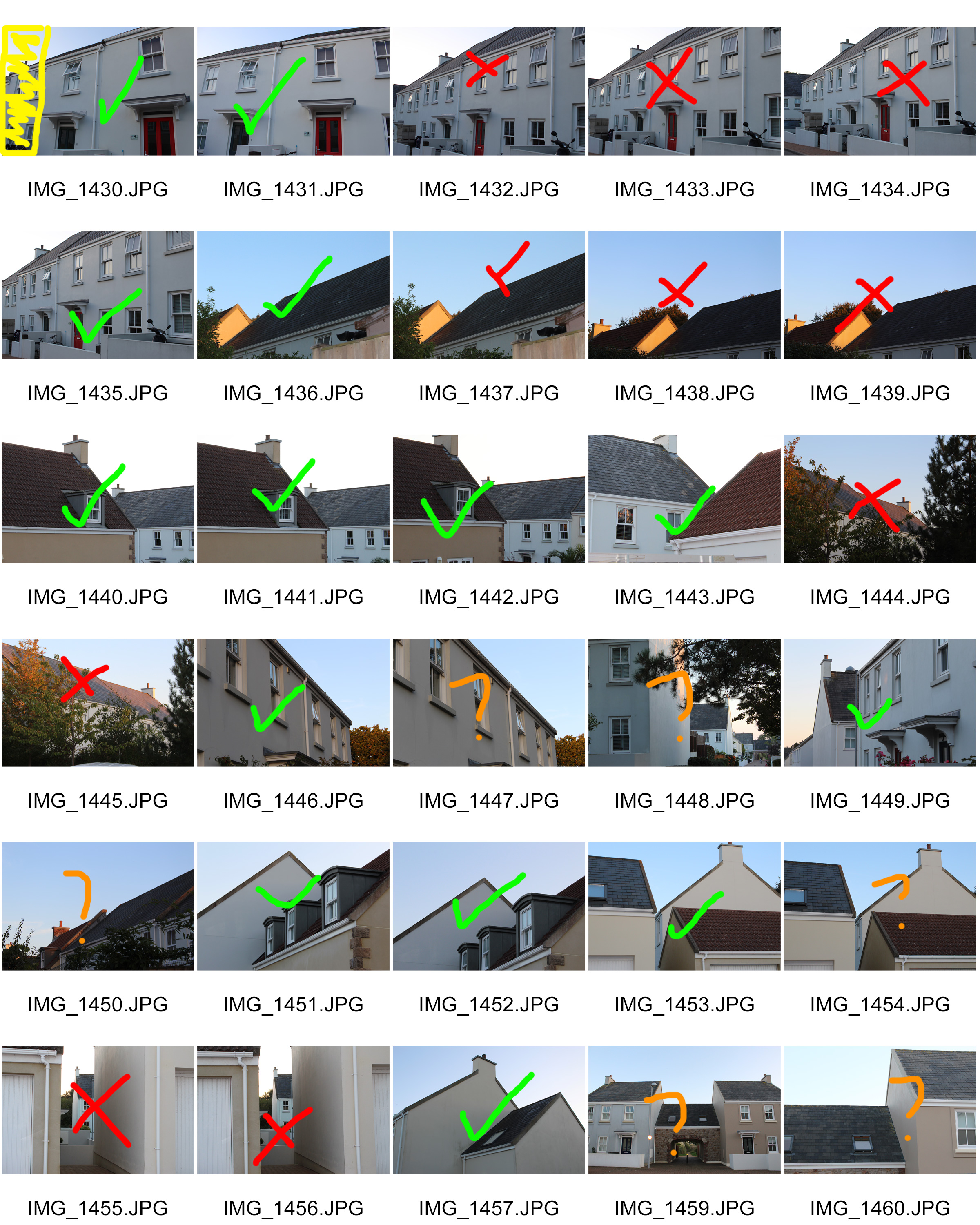
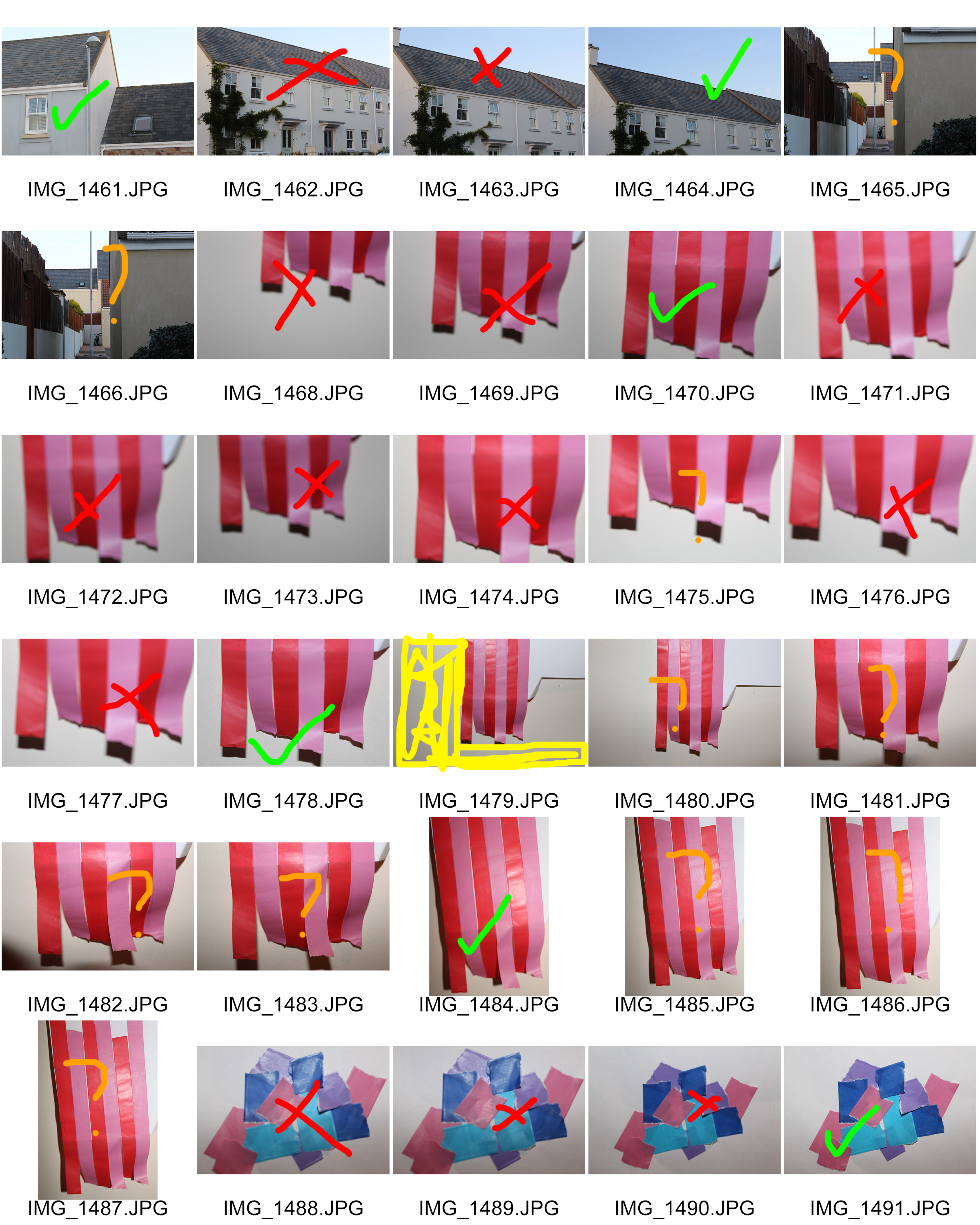

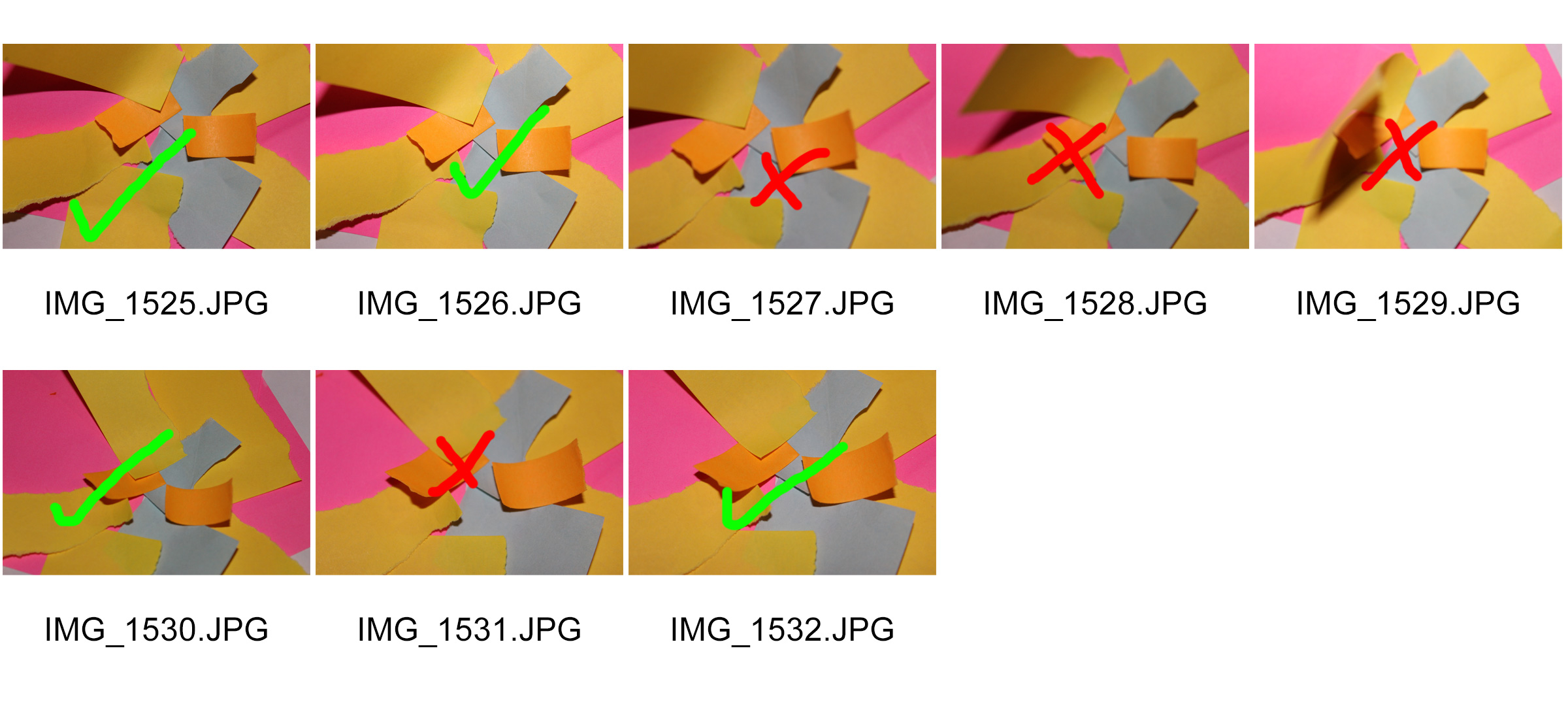
My Best Photos (Unedited)





My Photos (Edited)
I edited all these photos on Photoshop
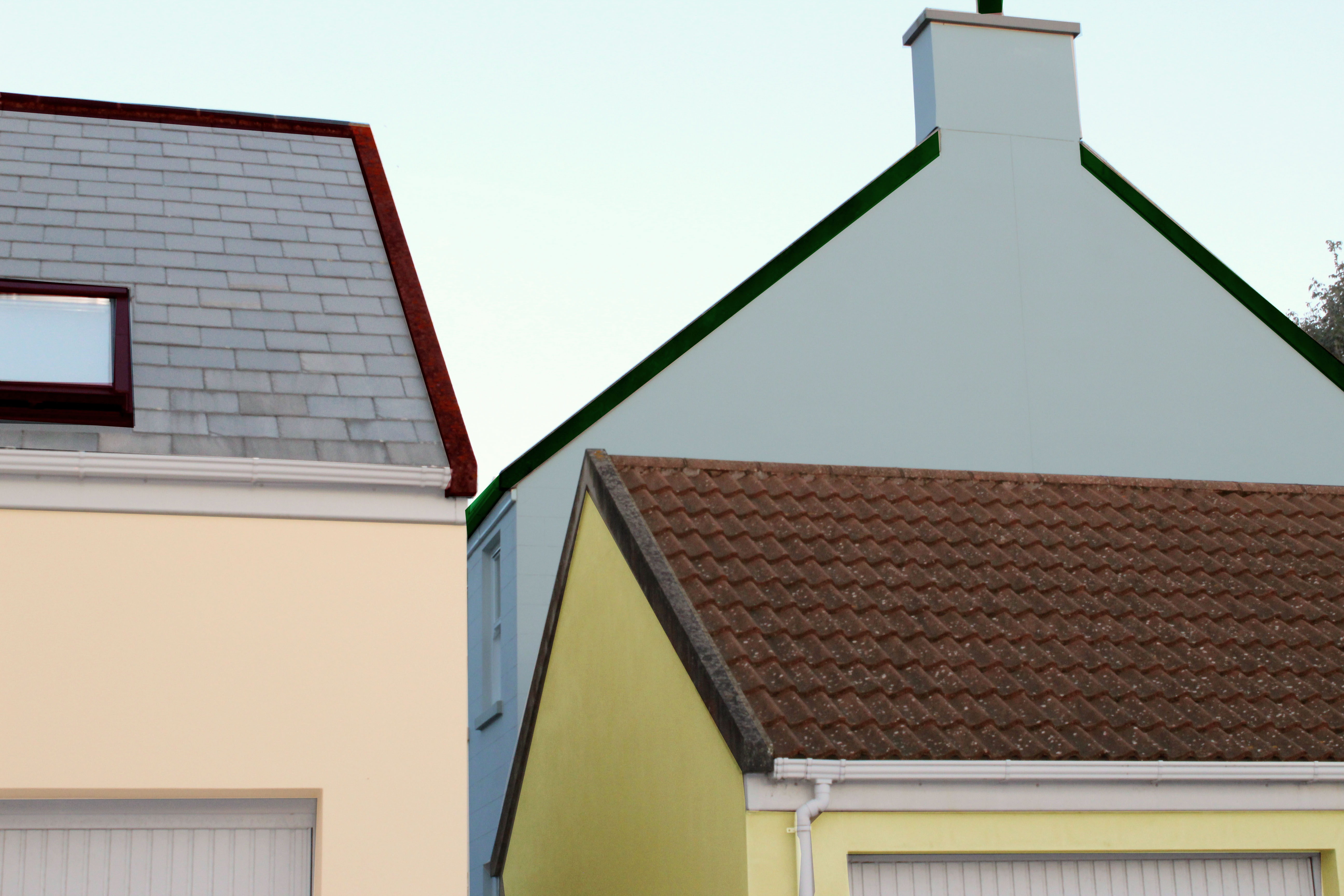
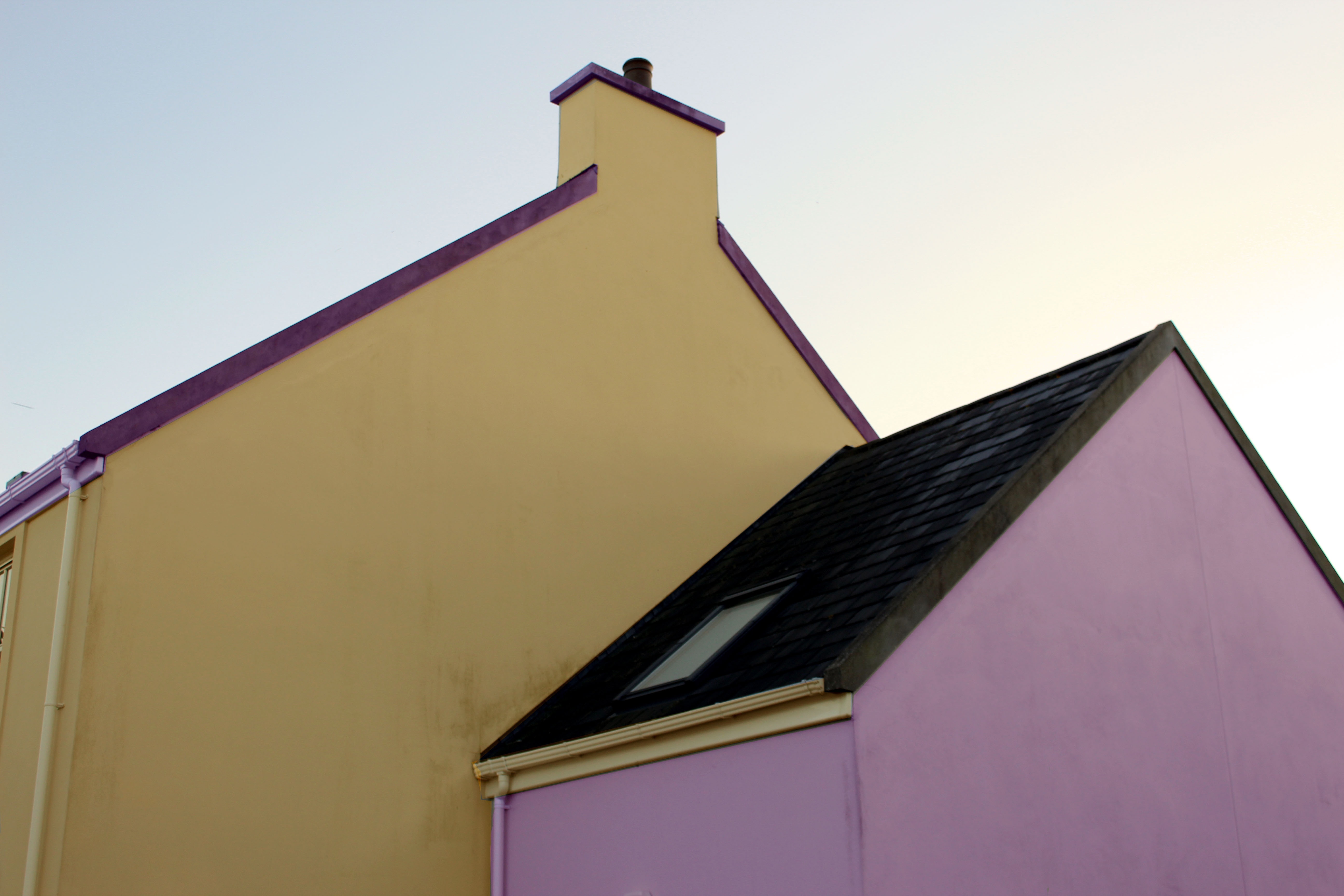
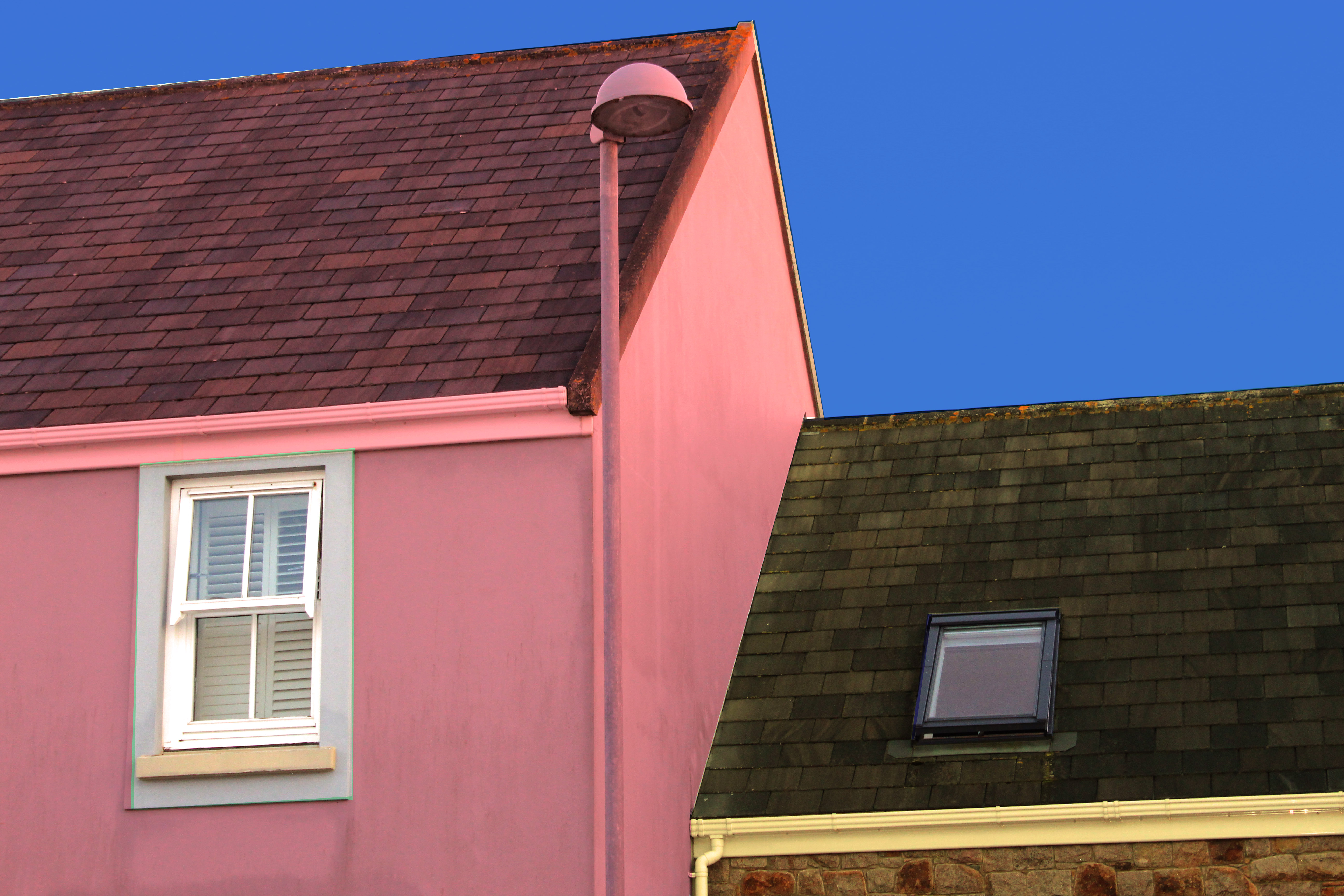
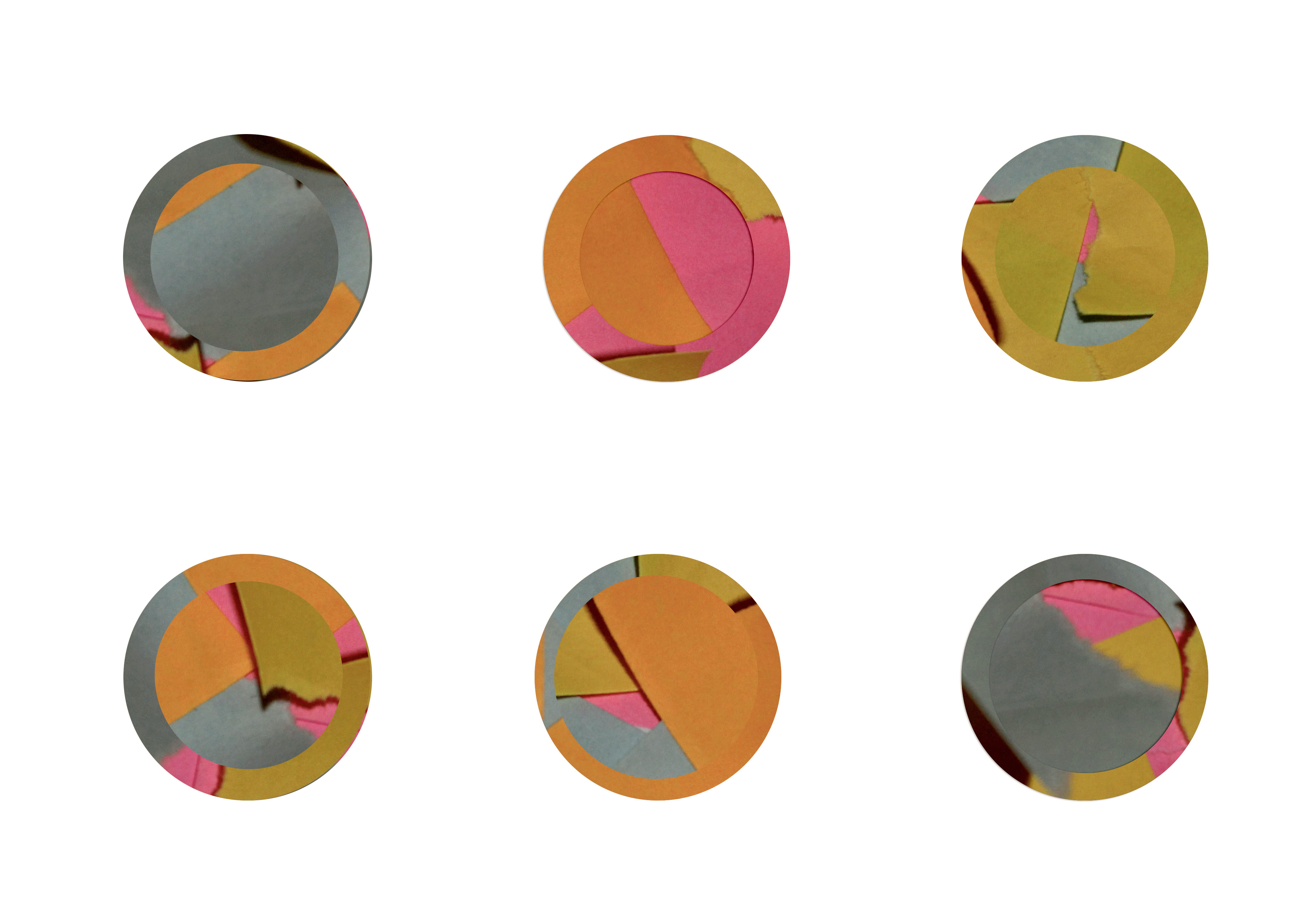
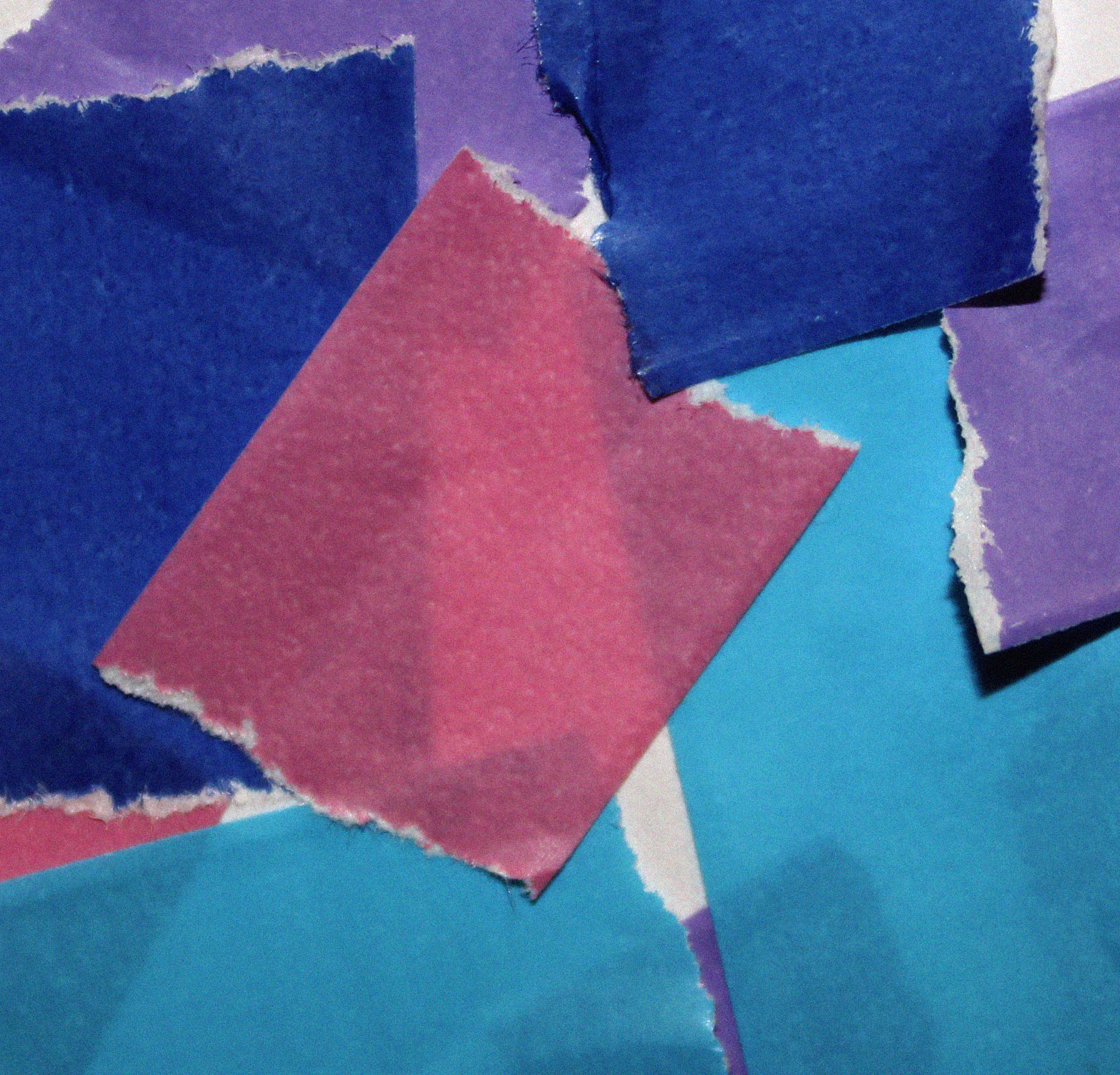
I’m really happy with how these edited photos came out as I believe I achieved the same style and look of the photographers I have researched. I really like how I edited these photos. Next time I think I will take more photos
Step by step how I edited one of my photos:
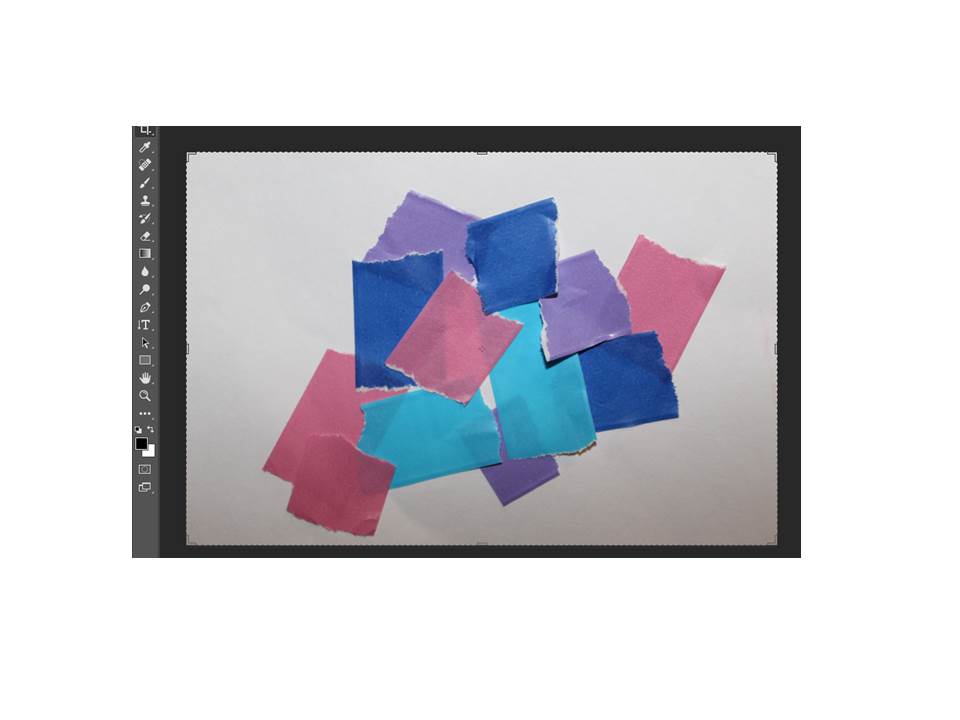
First I cropped my photo to my liking with the crop tool
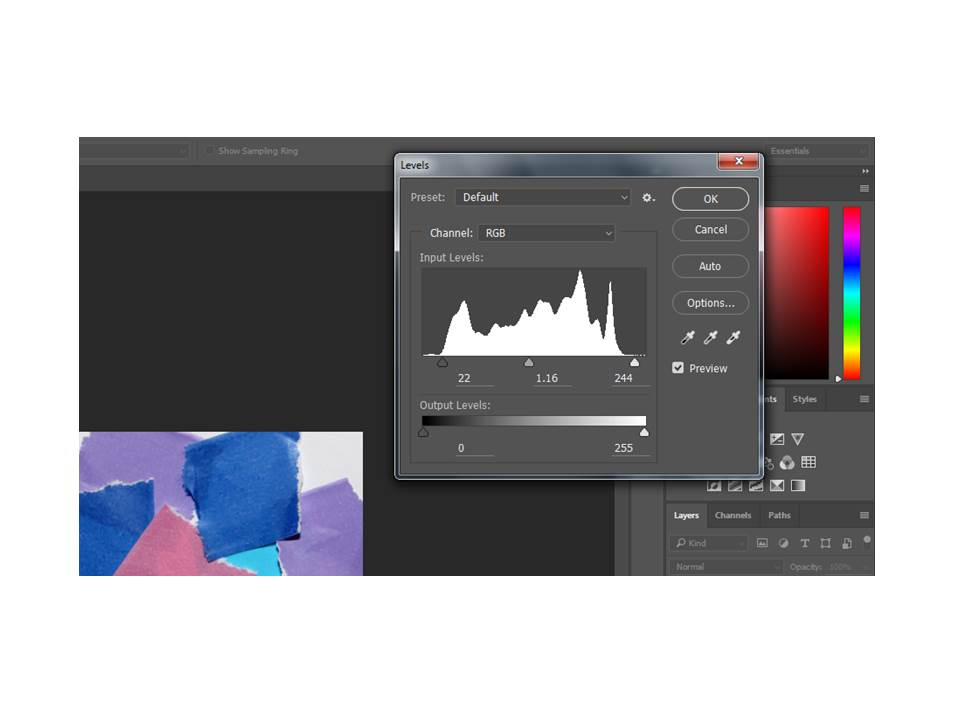
Then when I cropped it, I pressed Ctrl, alt, L on my keyboard and brought up the levels tool. This tool allows you to change the darkness, exposure and light on your image.
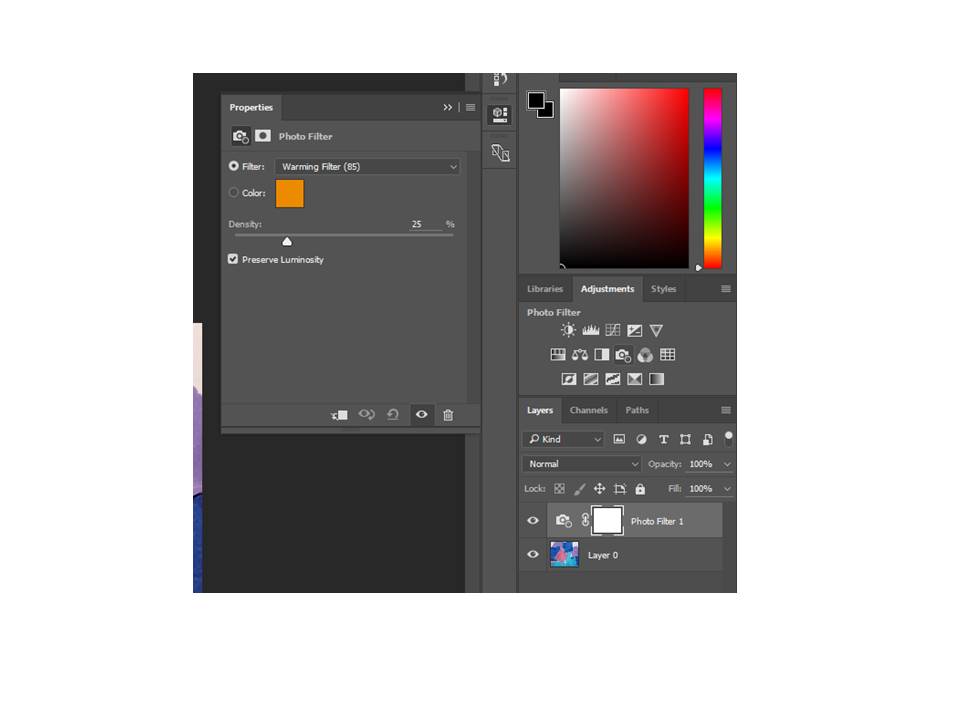
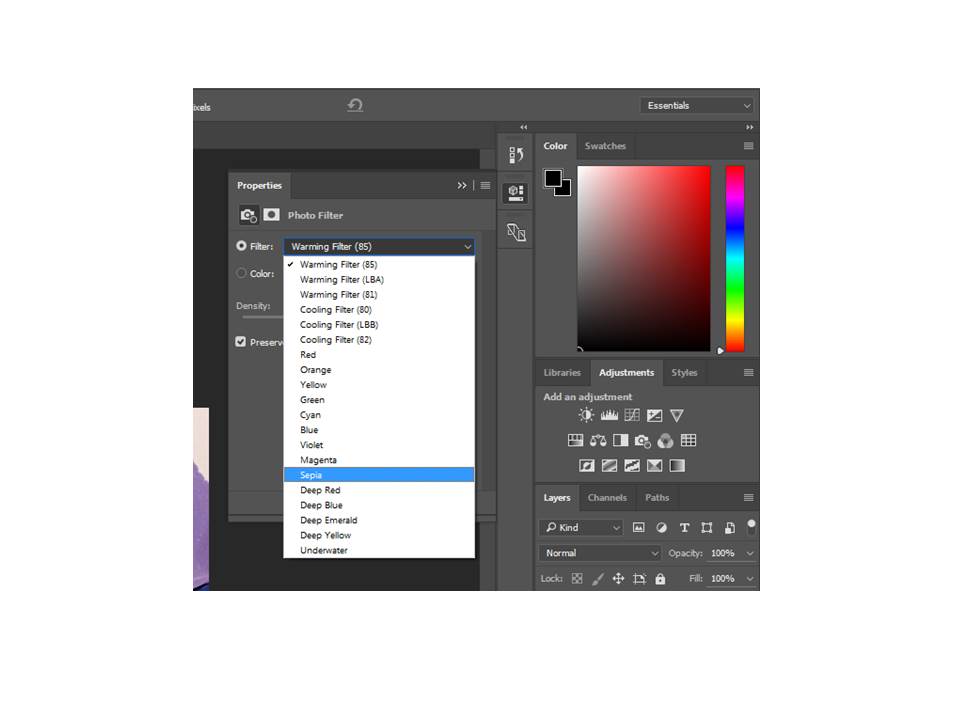
Then I pressed the photo filter tool and set it to the sepia filter.
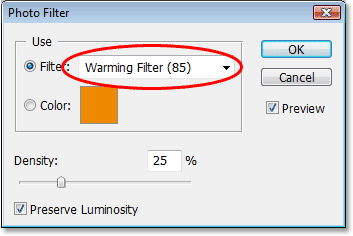


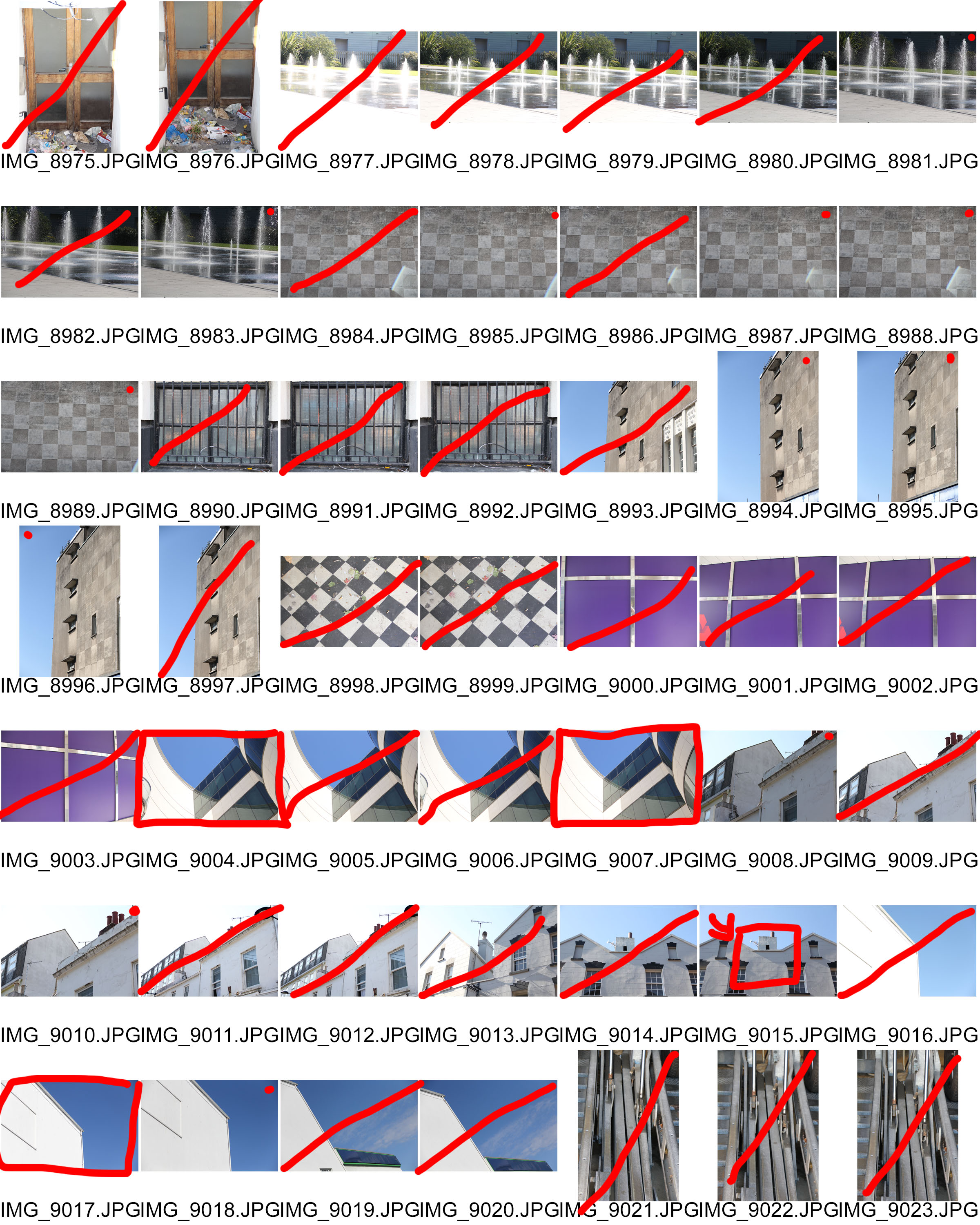
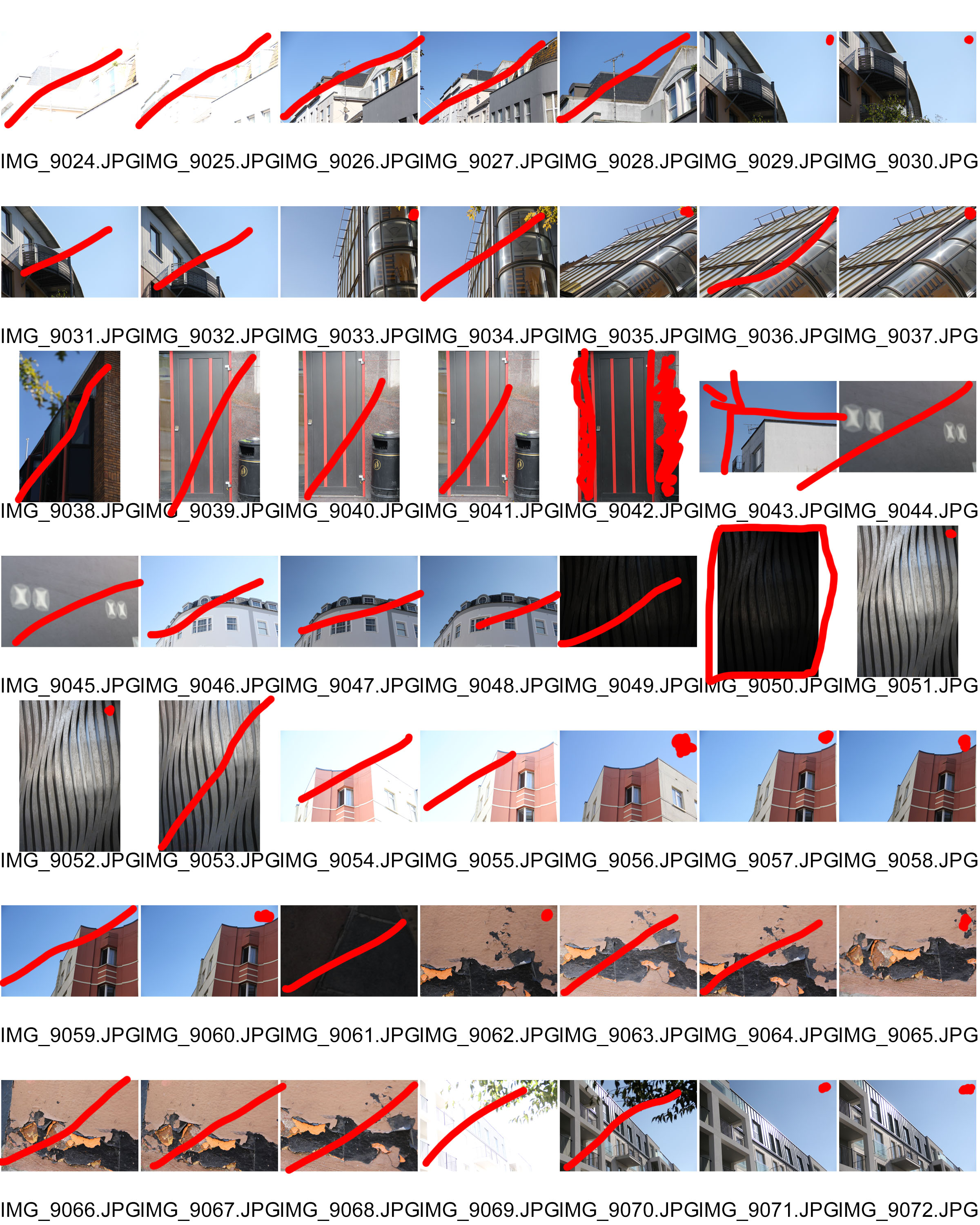
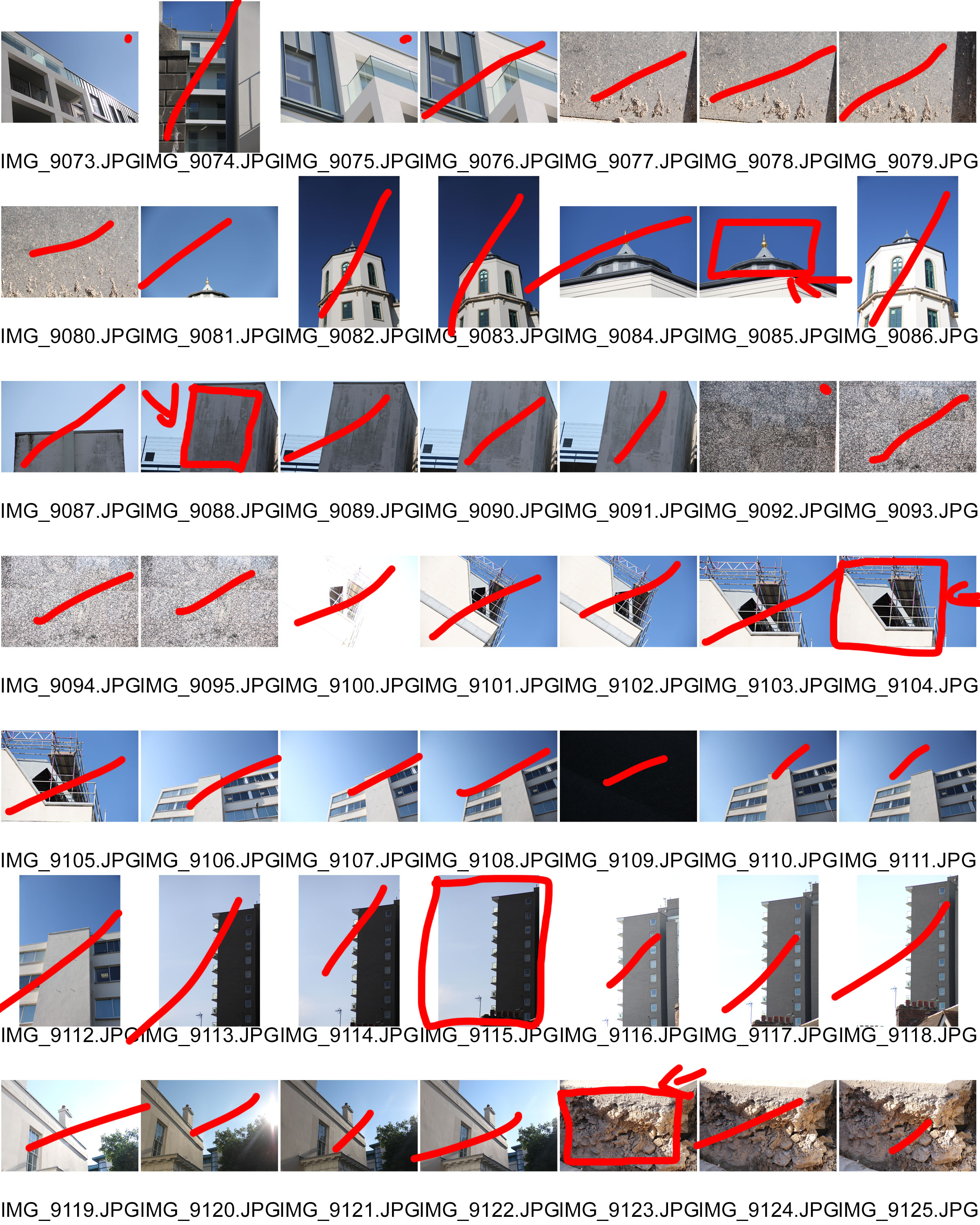
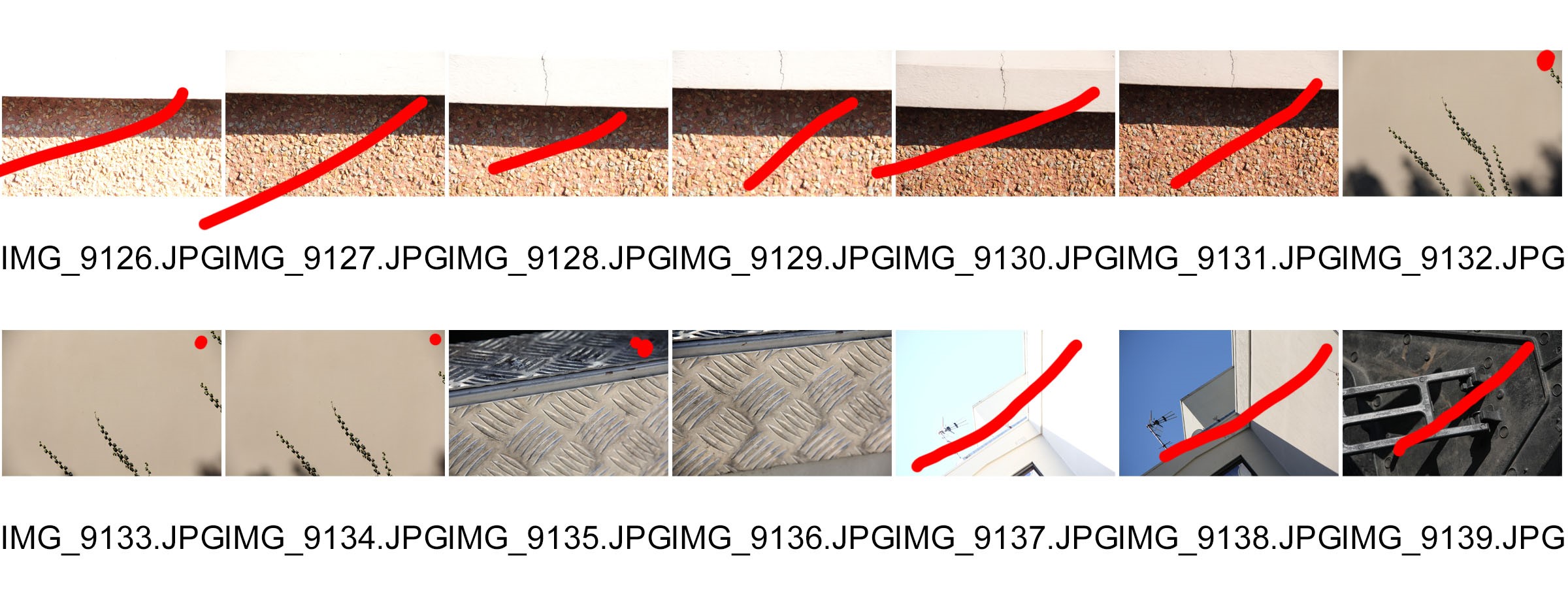

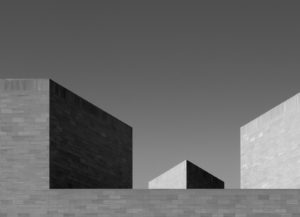

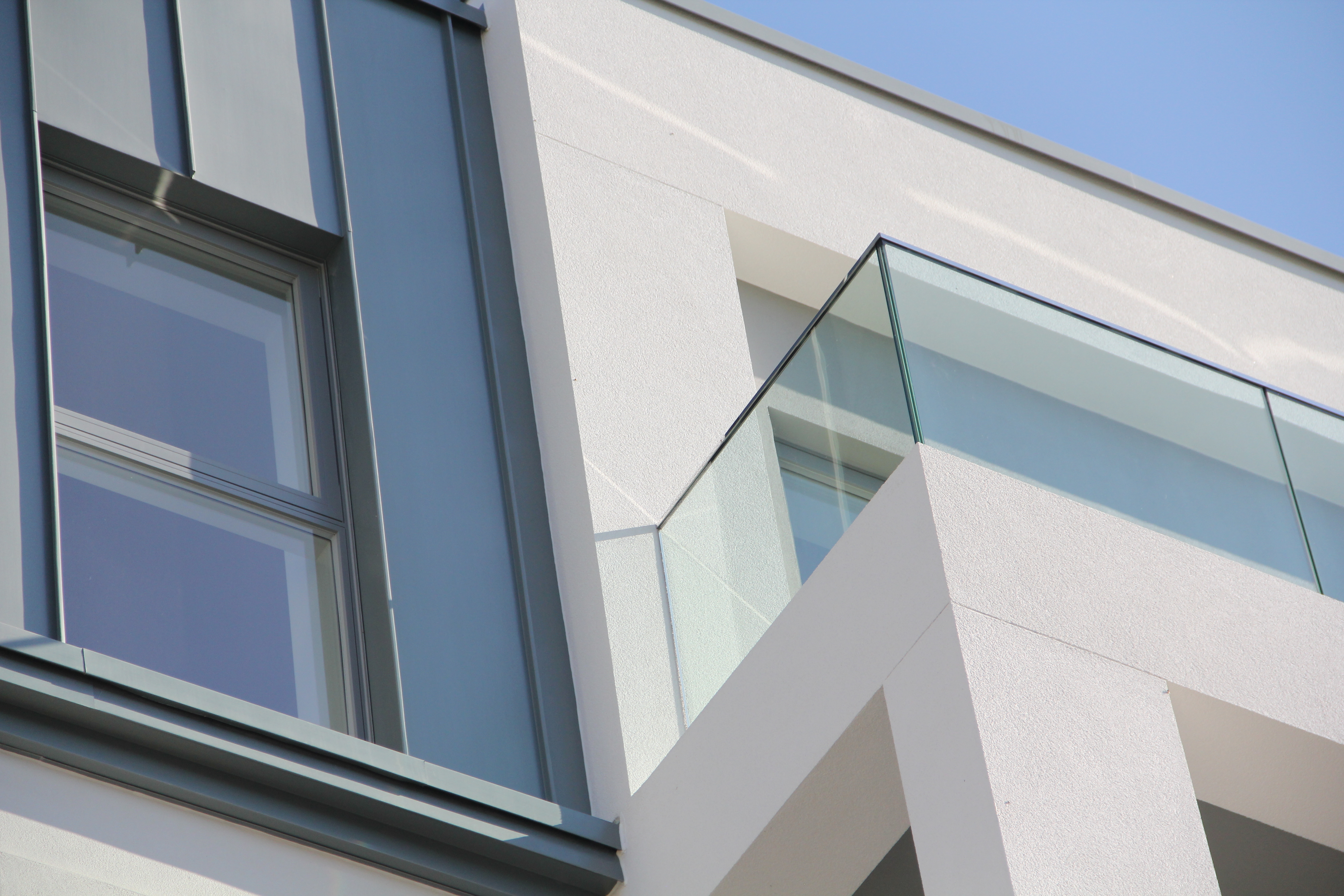

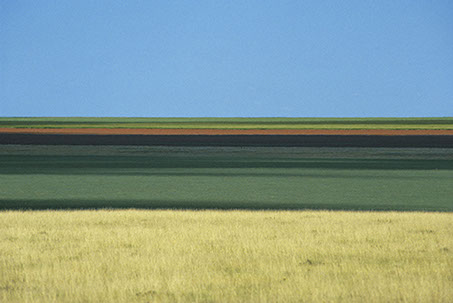
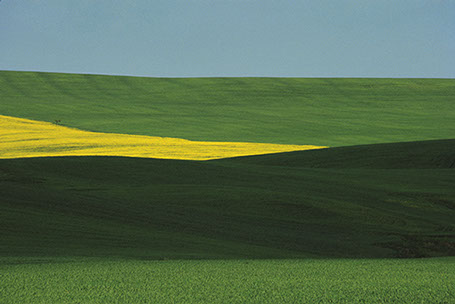
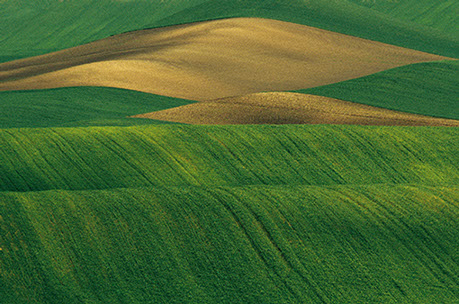
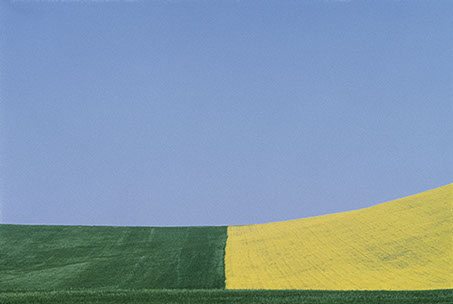
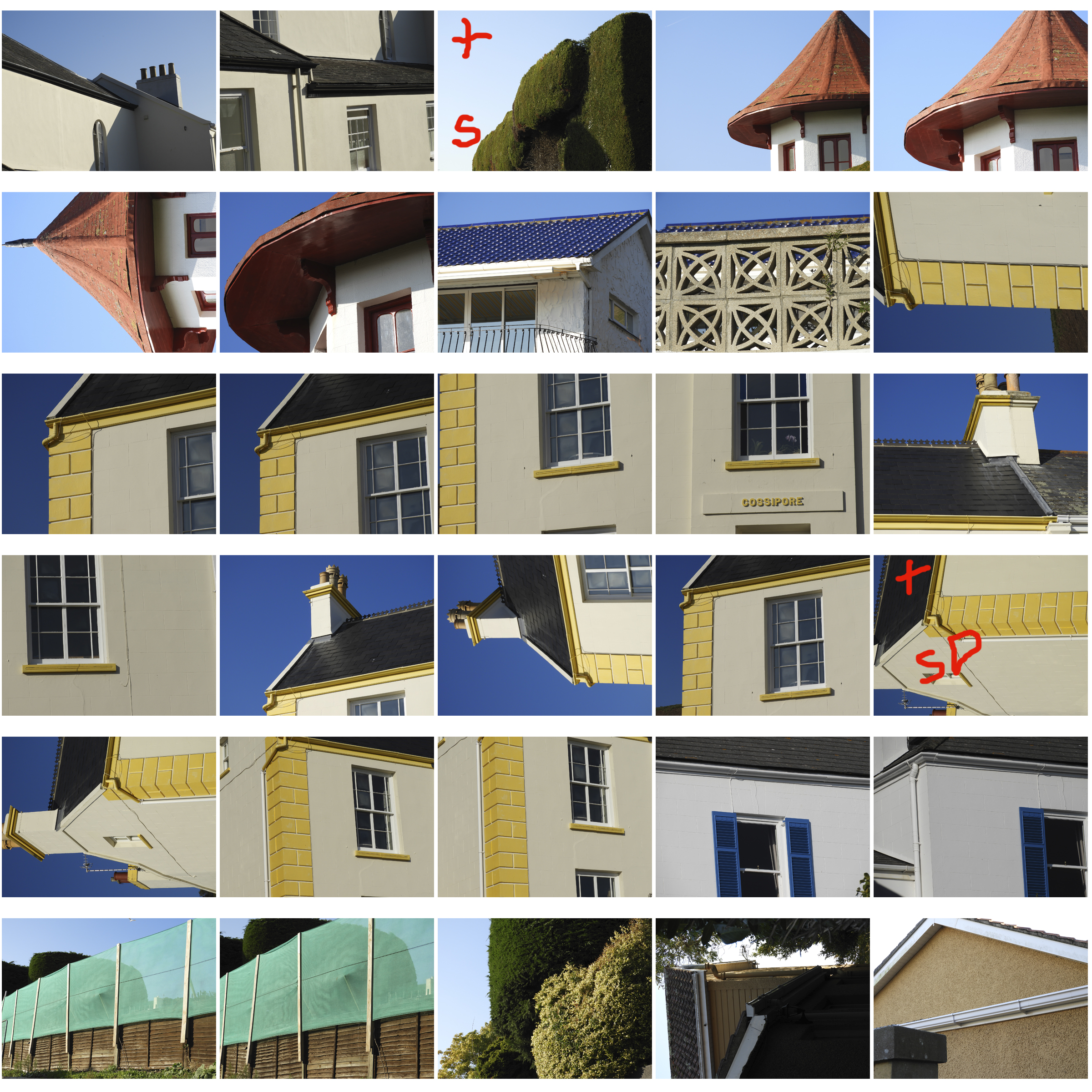
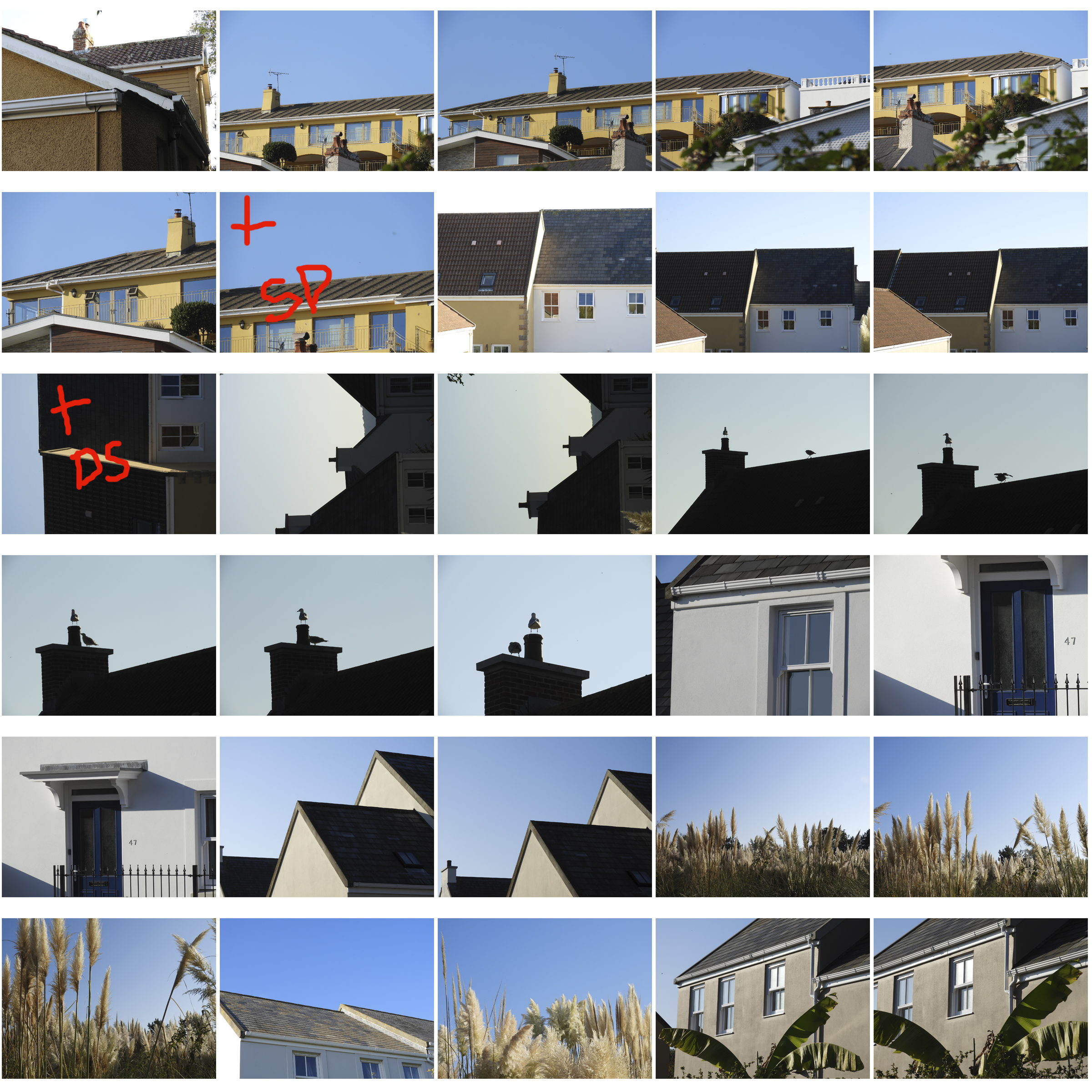
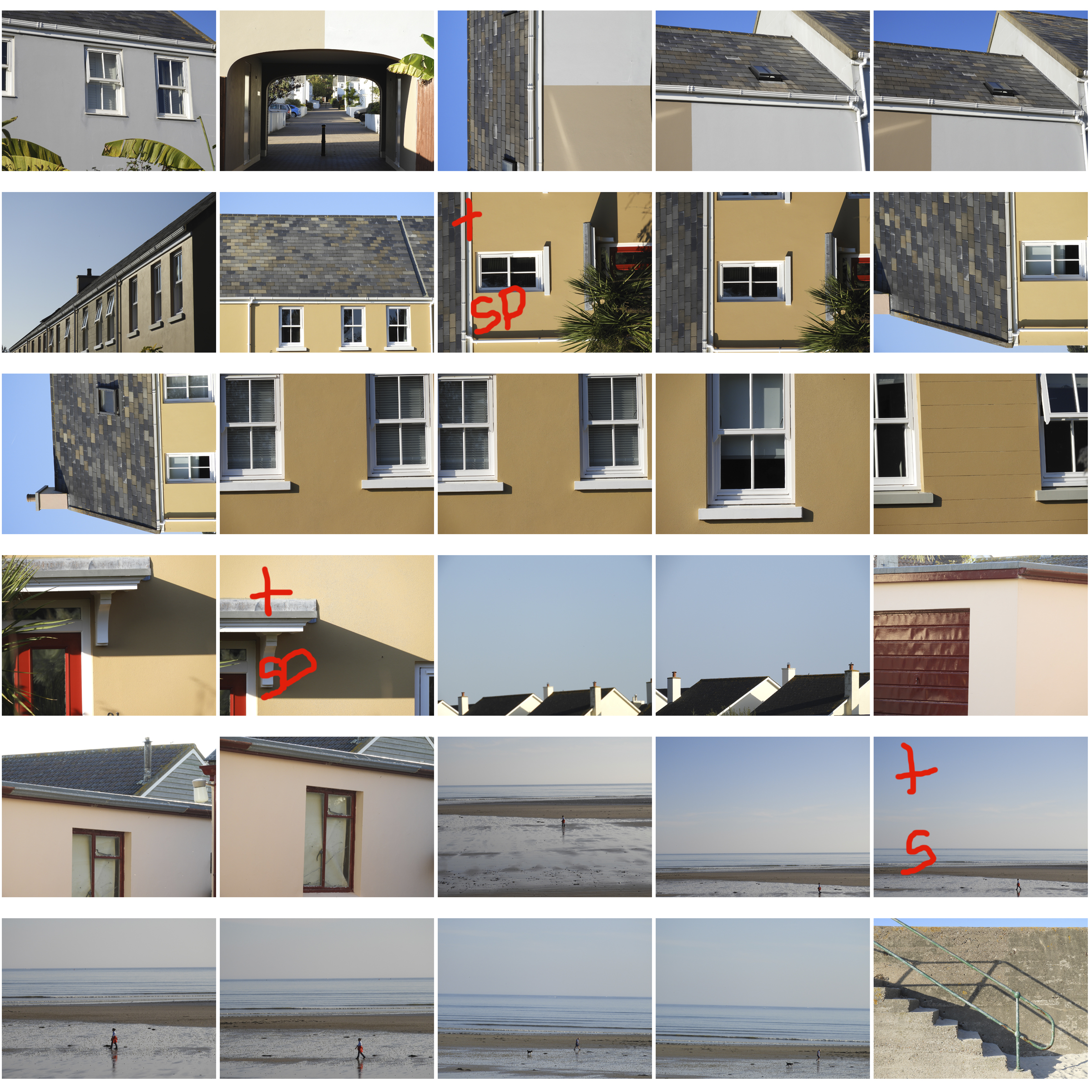
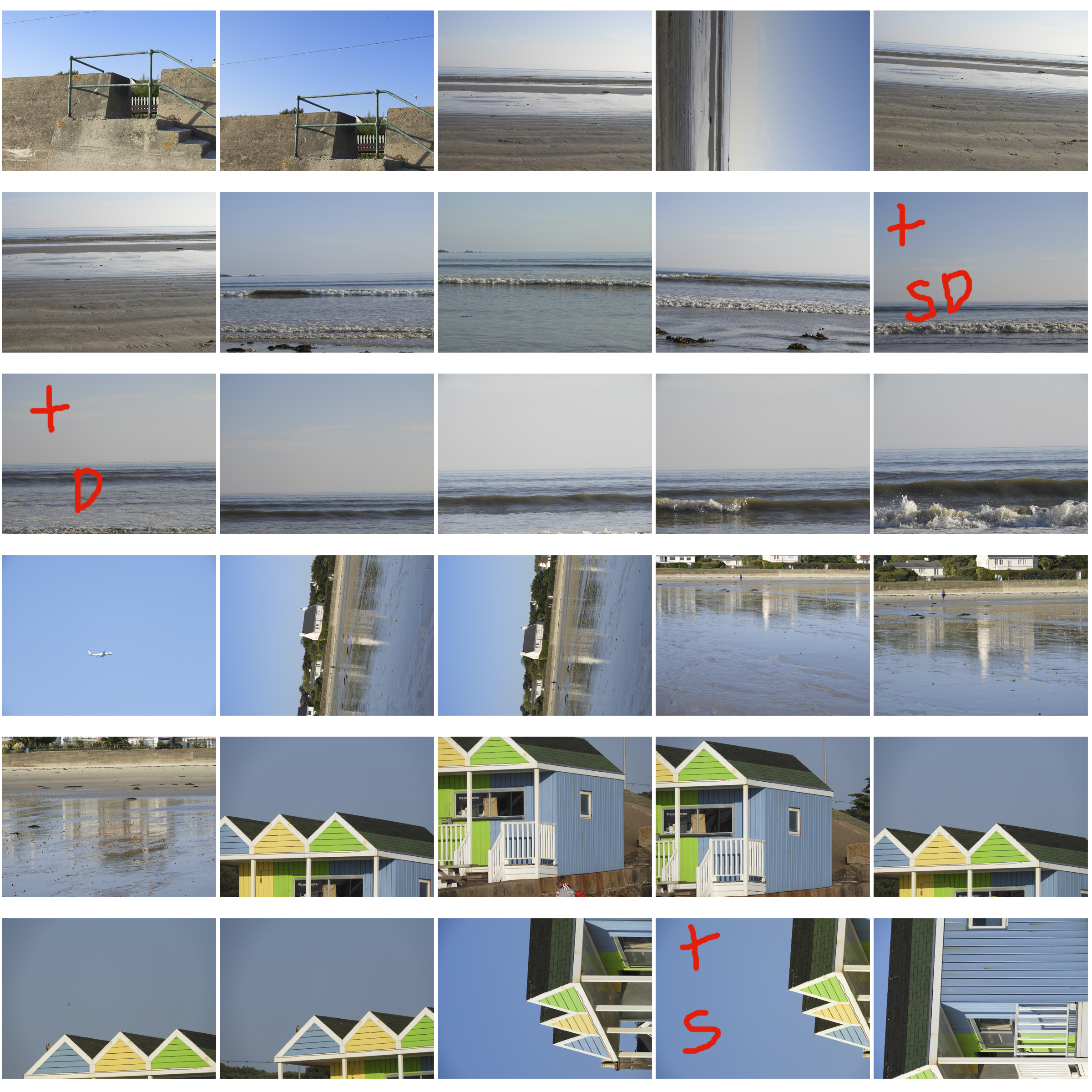
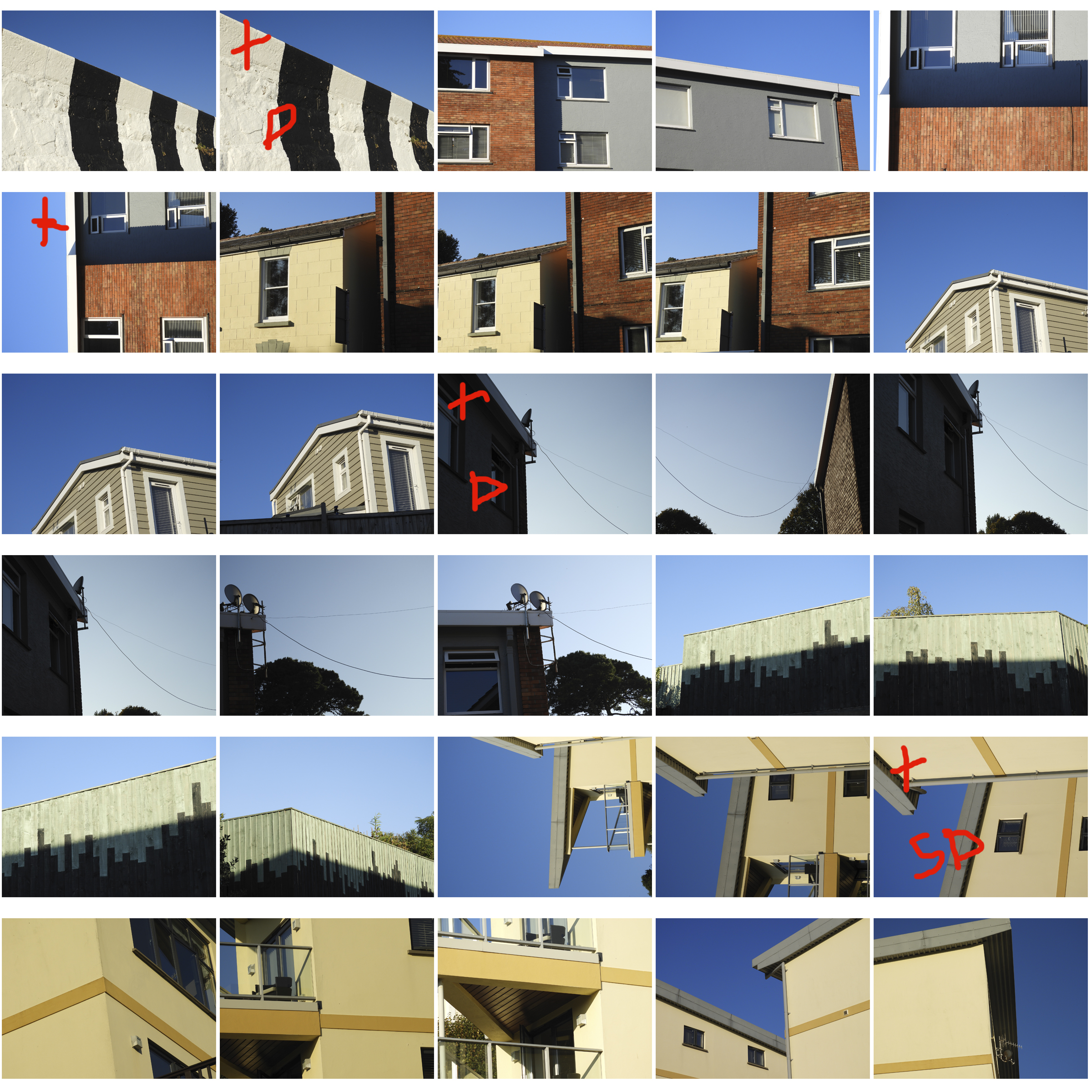
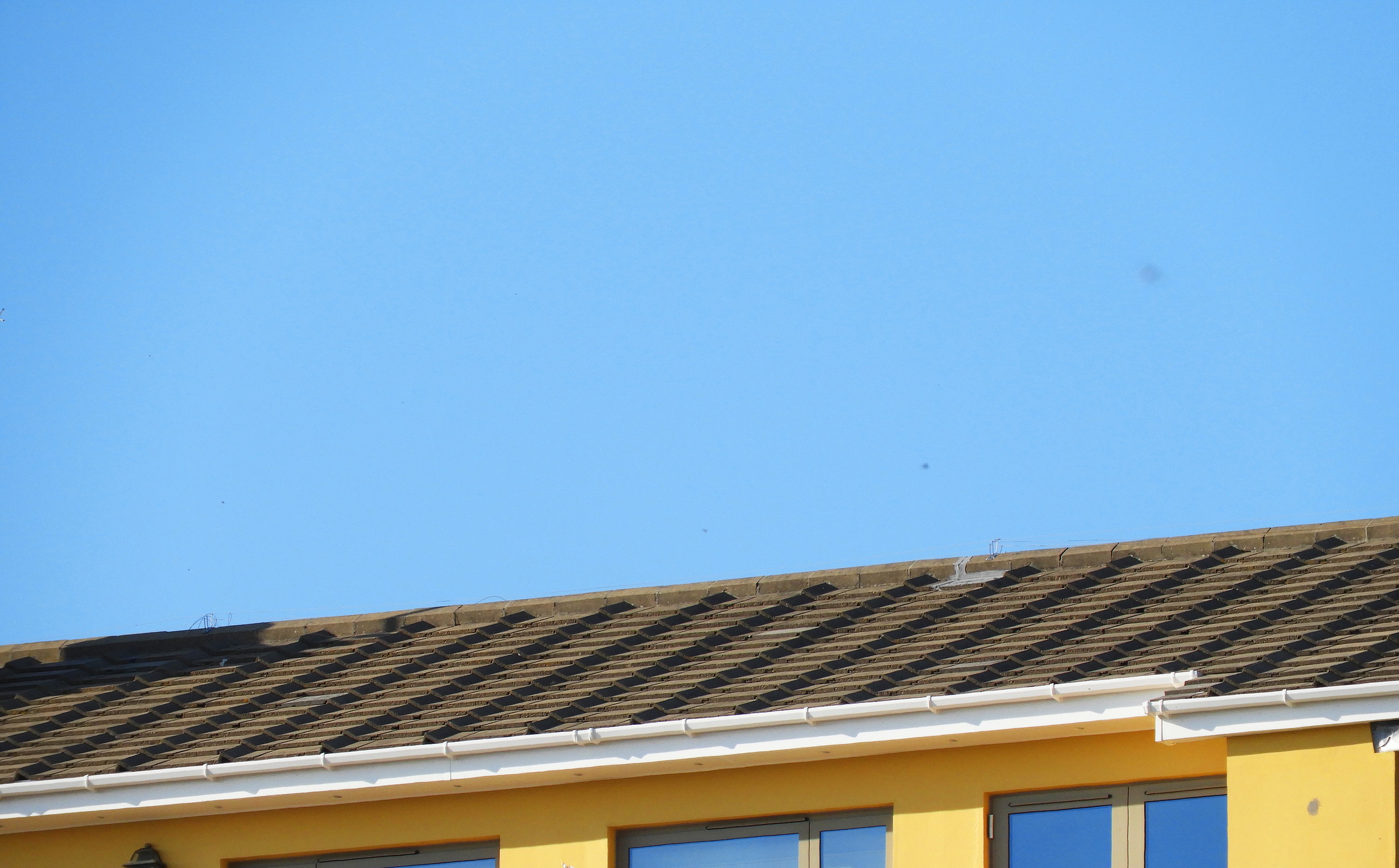
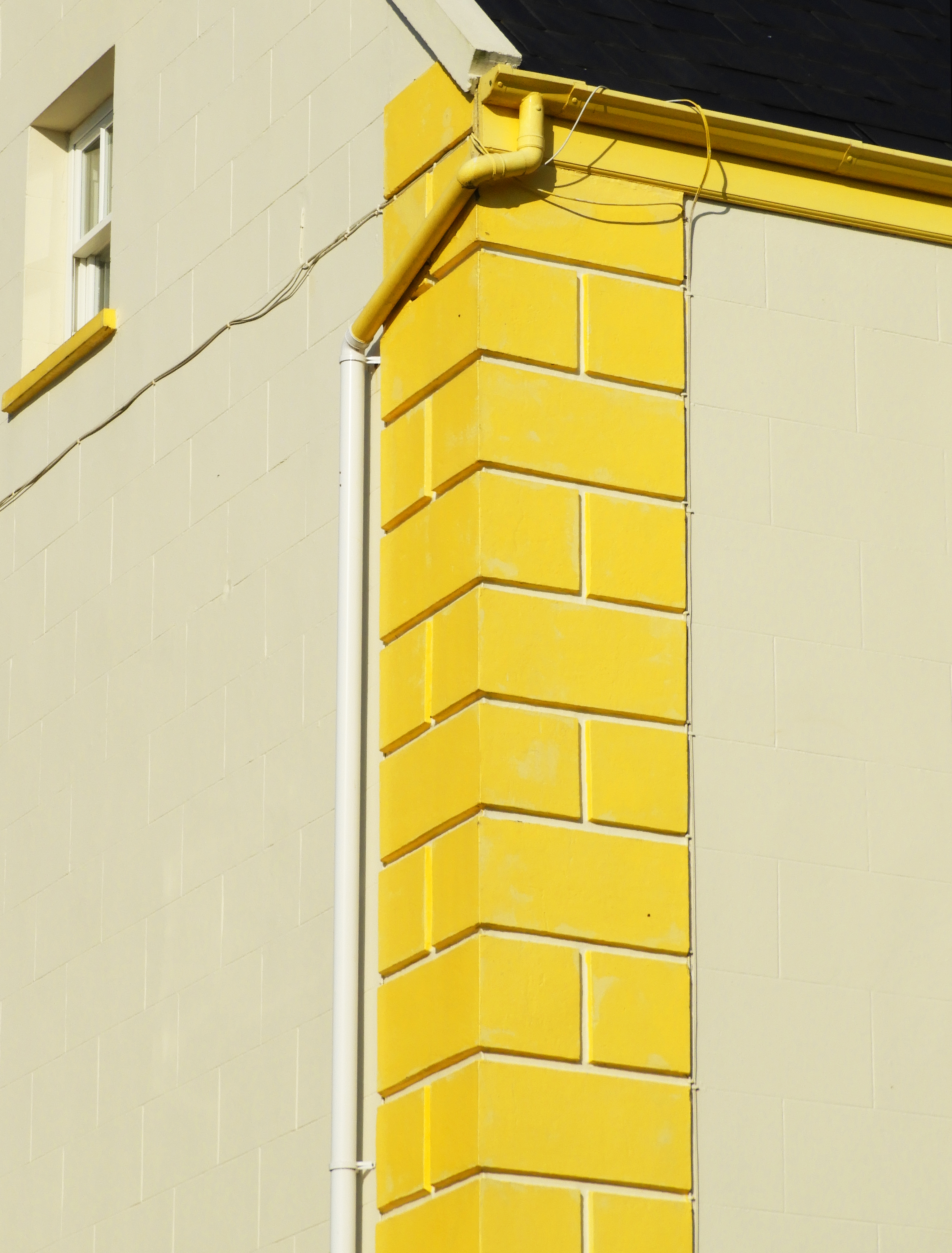
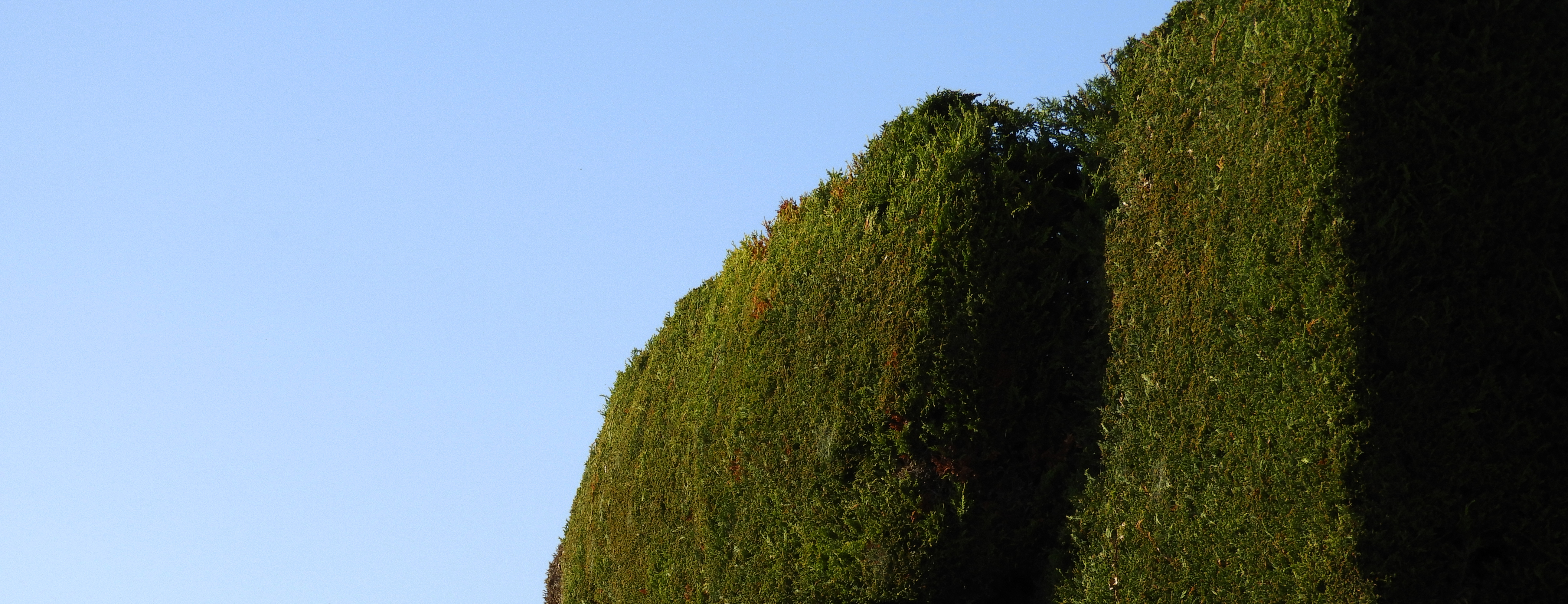
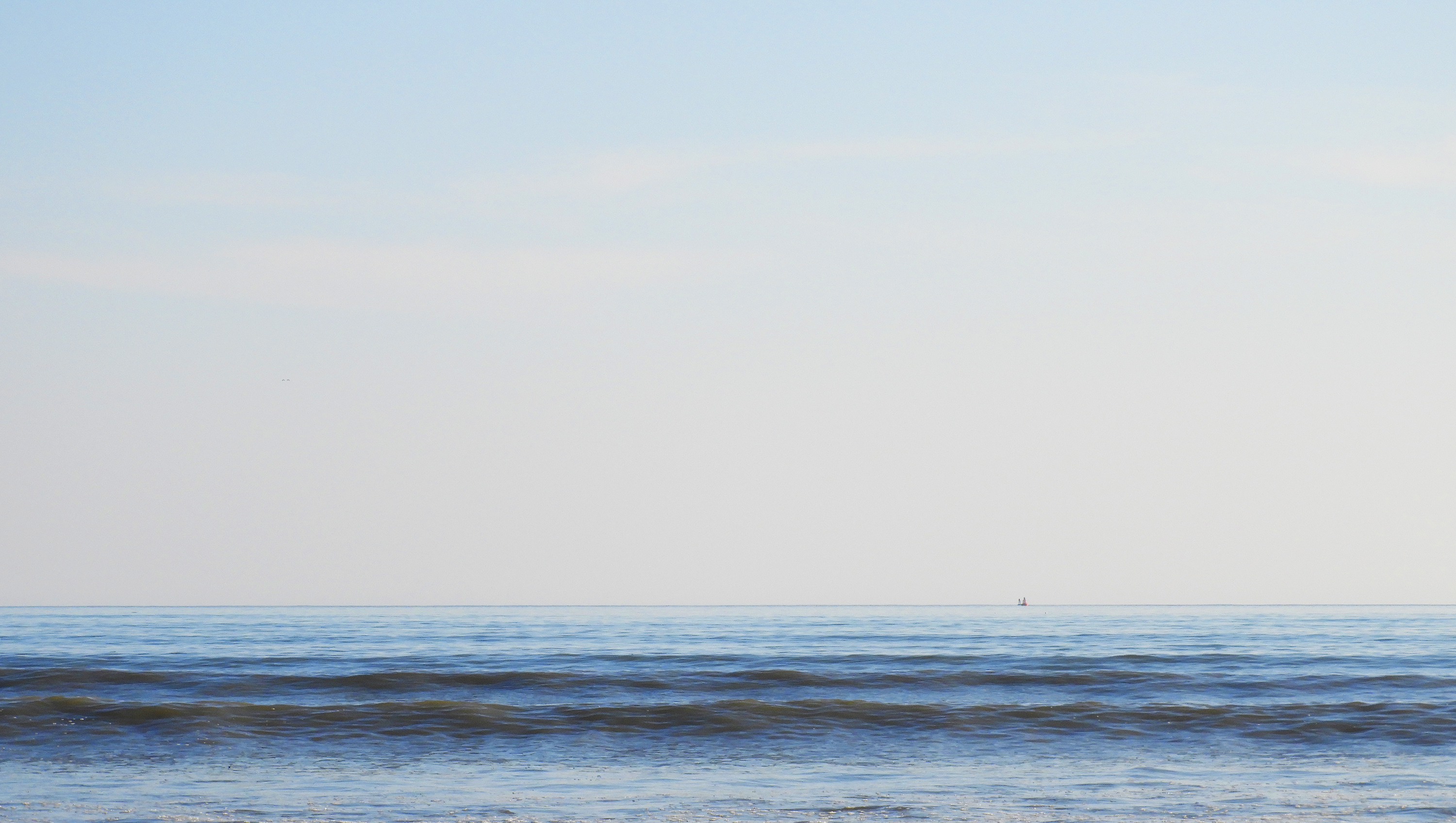
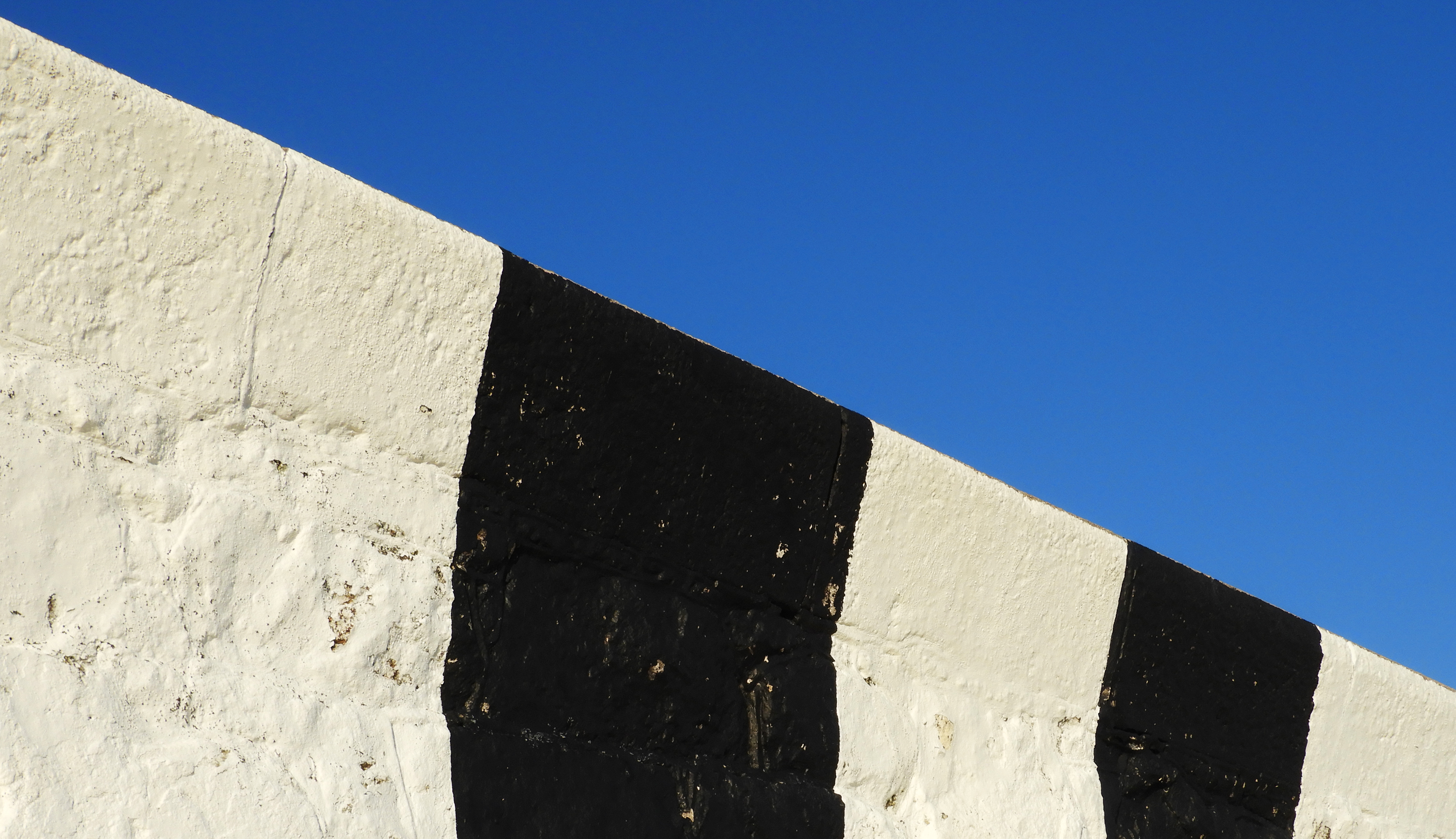
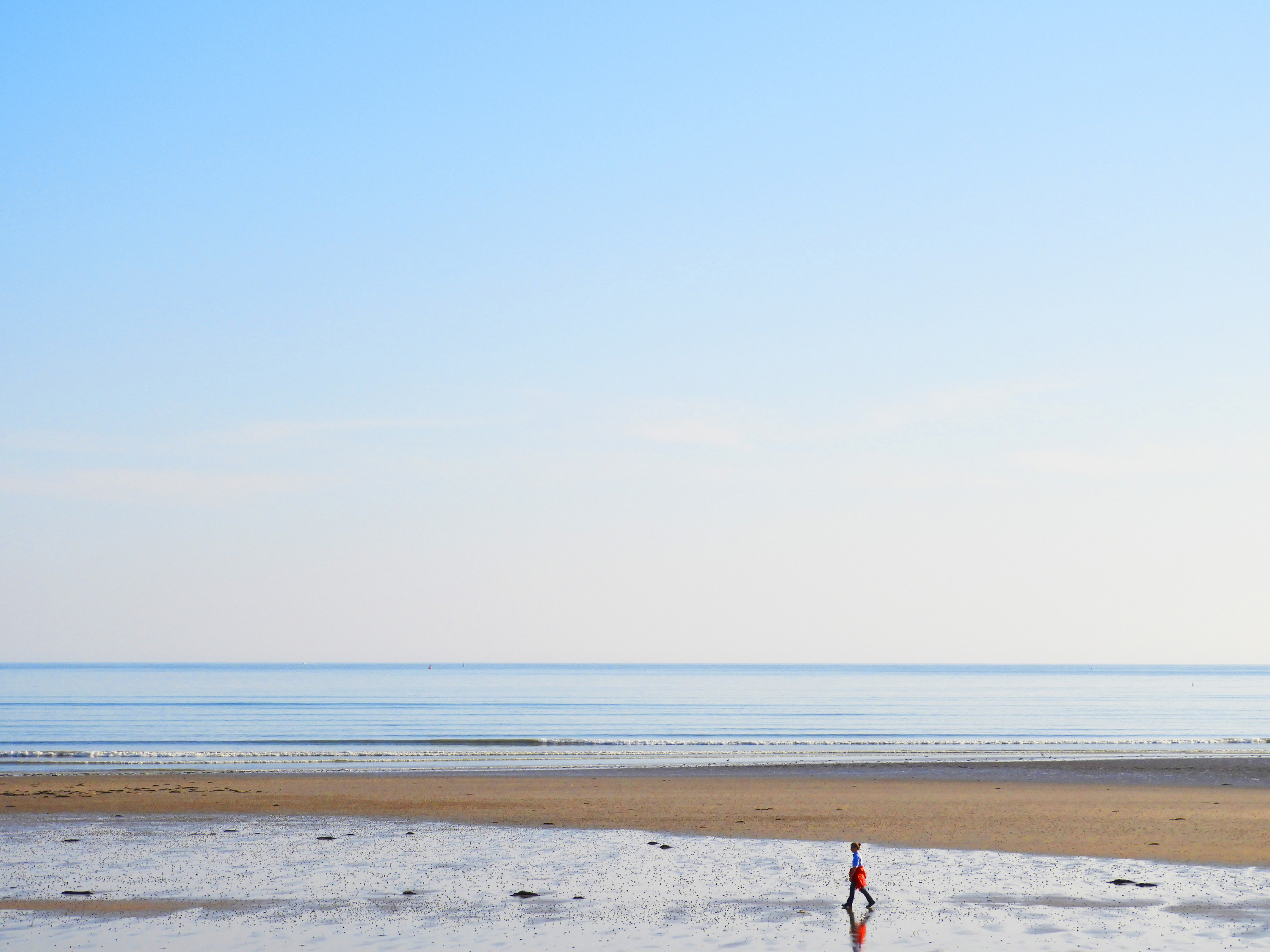
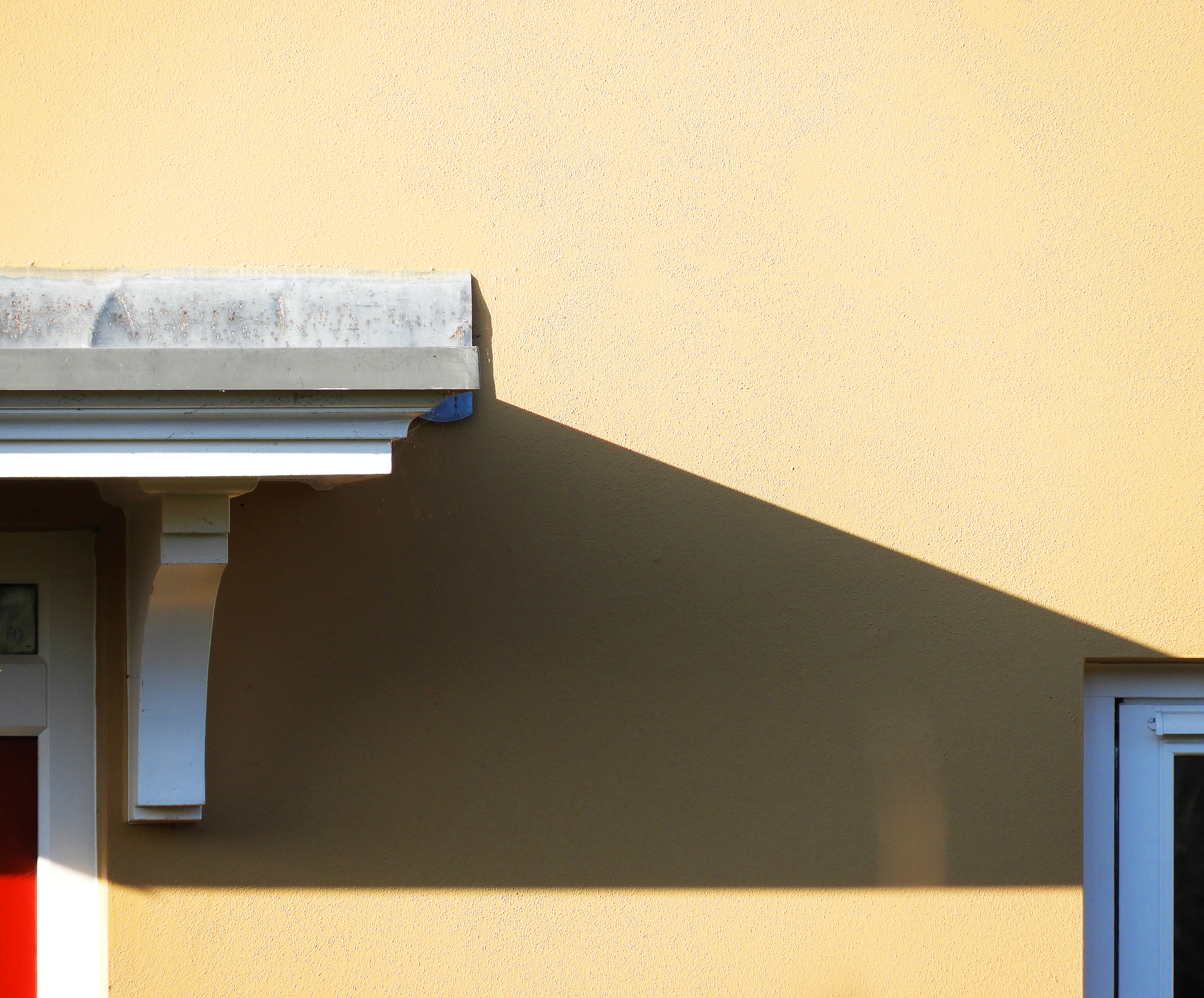
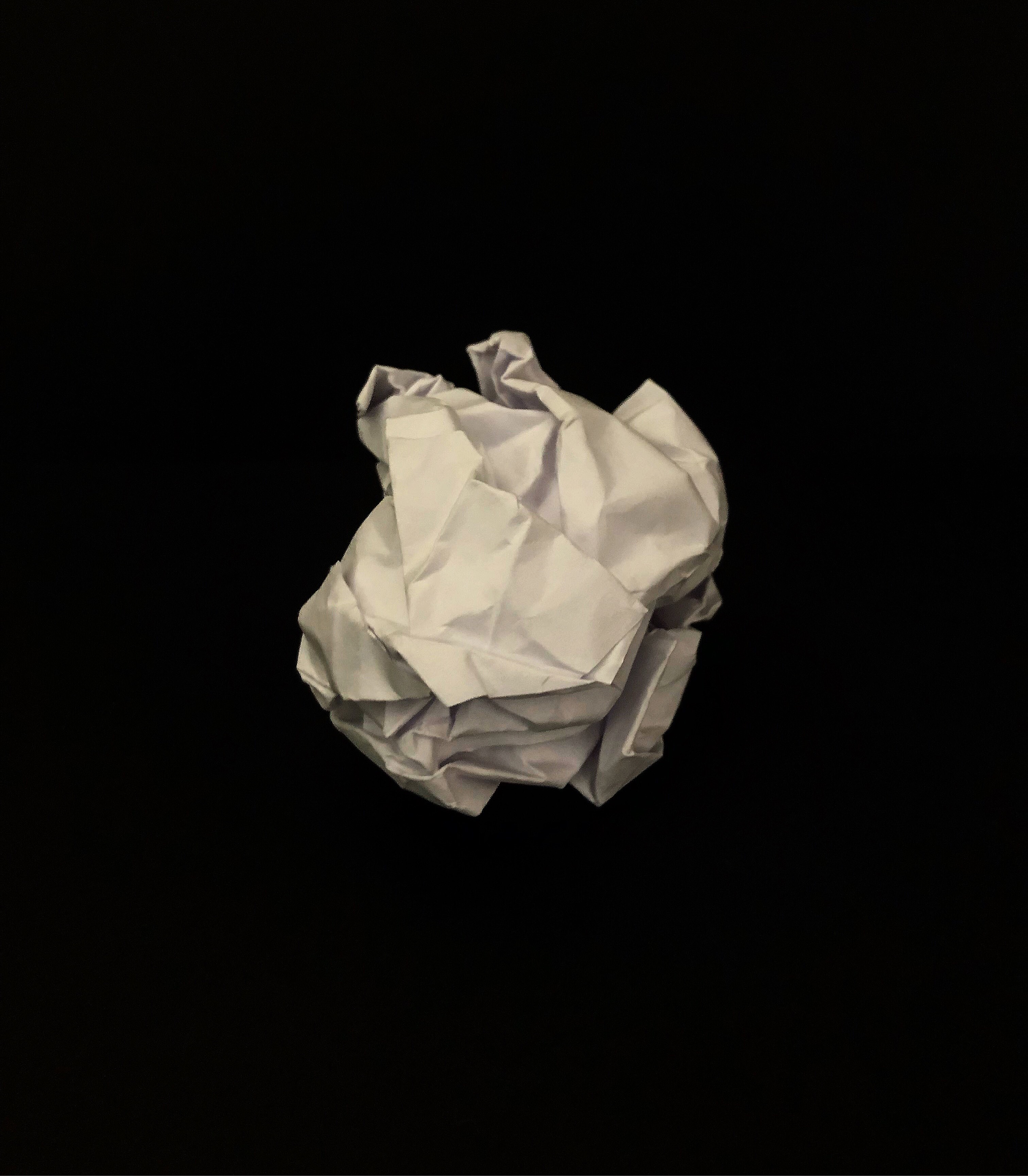
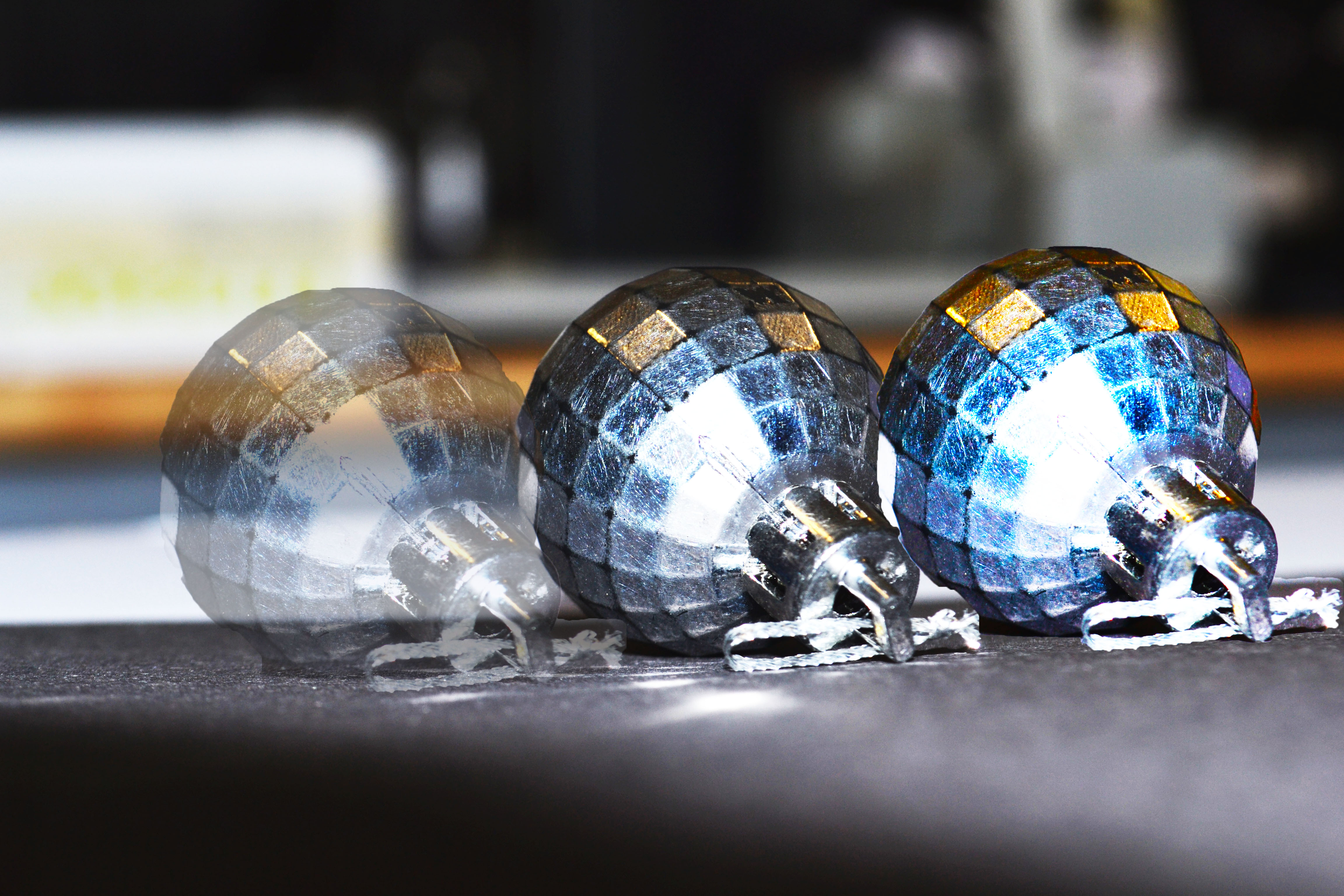
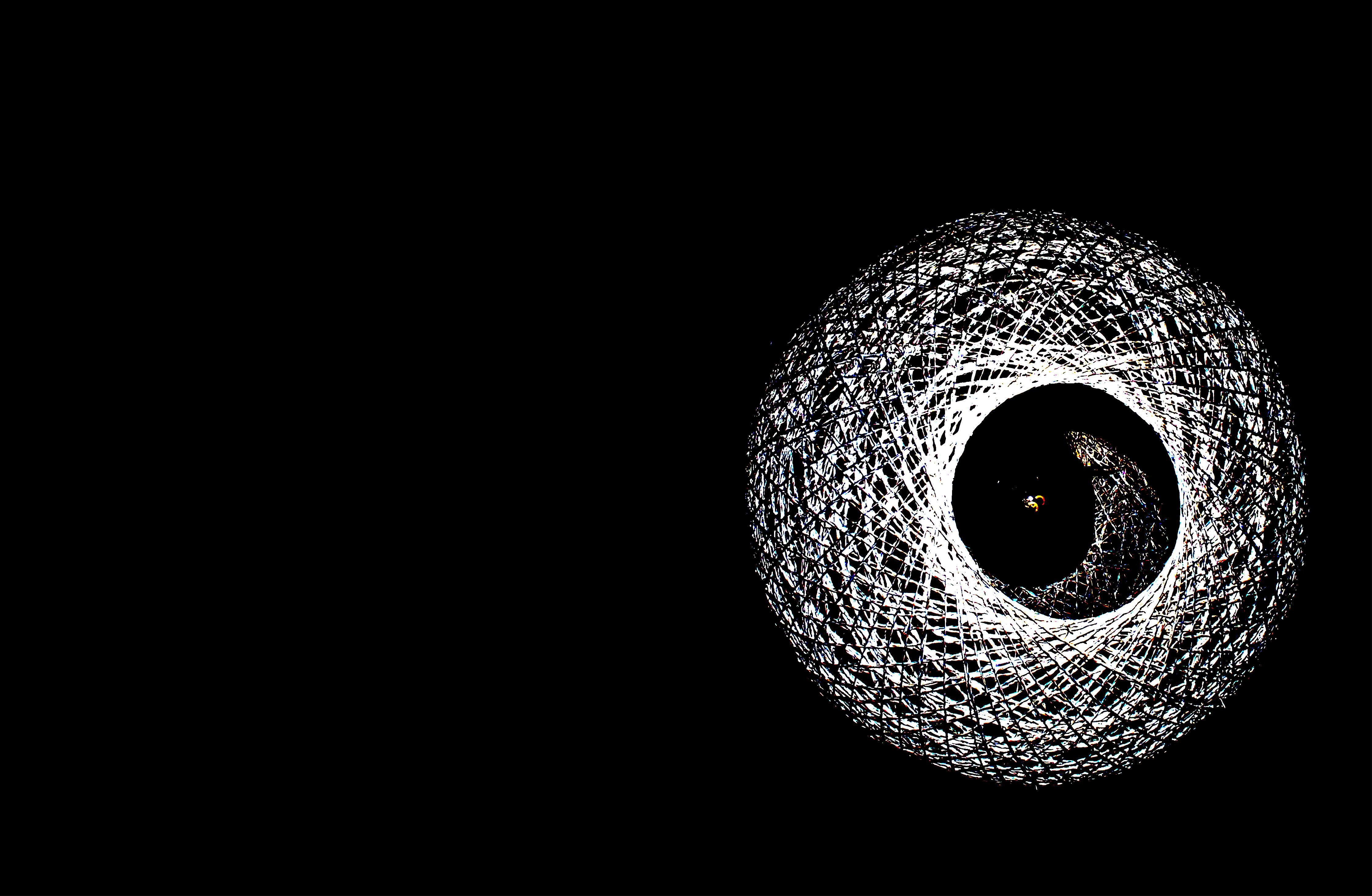


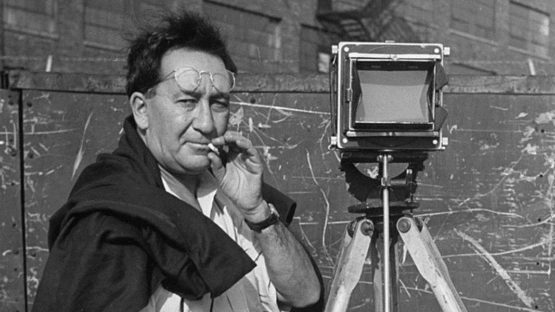
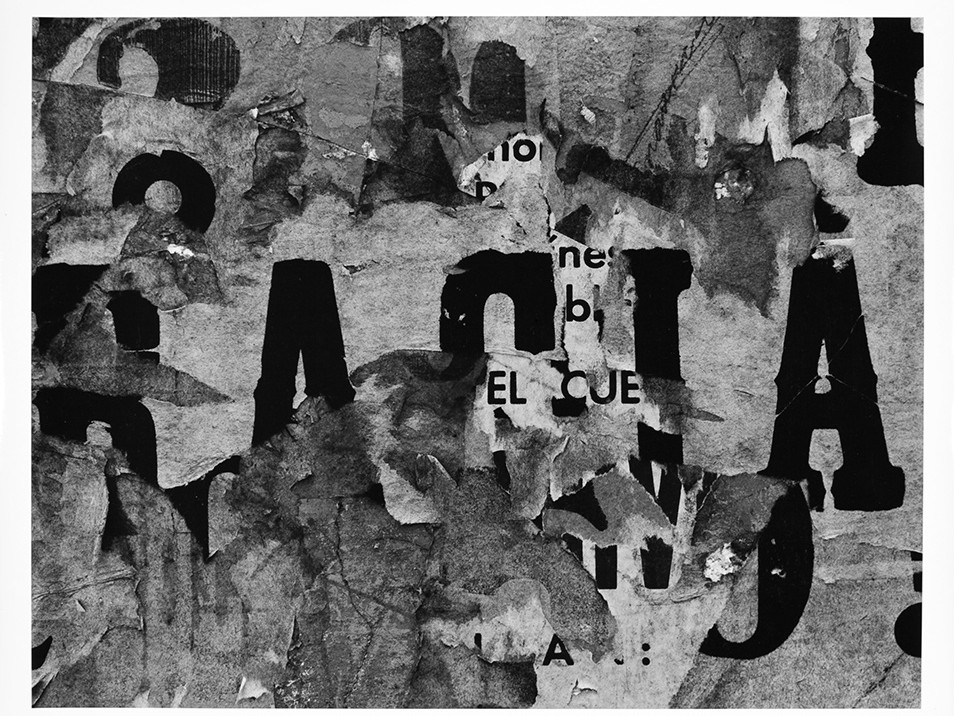 Crusted and peeling paper/newspaper texture is often seen through Siskind’s work.
Crusted and peeling paper/newspaper texture is often seen through Siskind’s work.